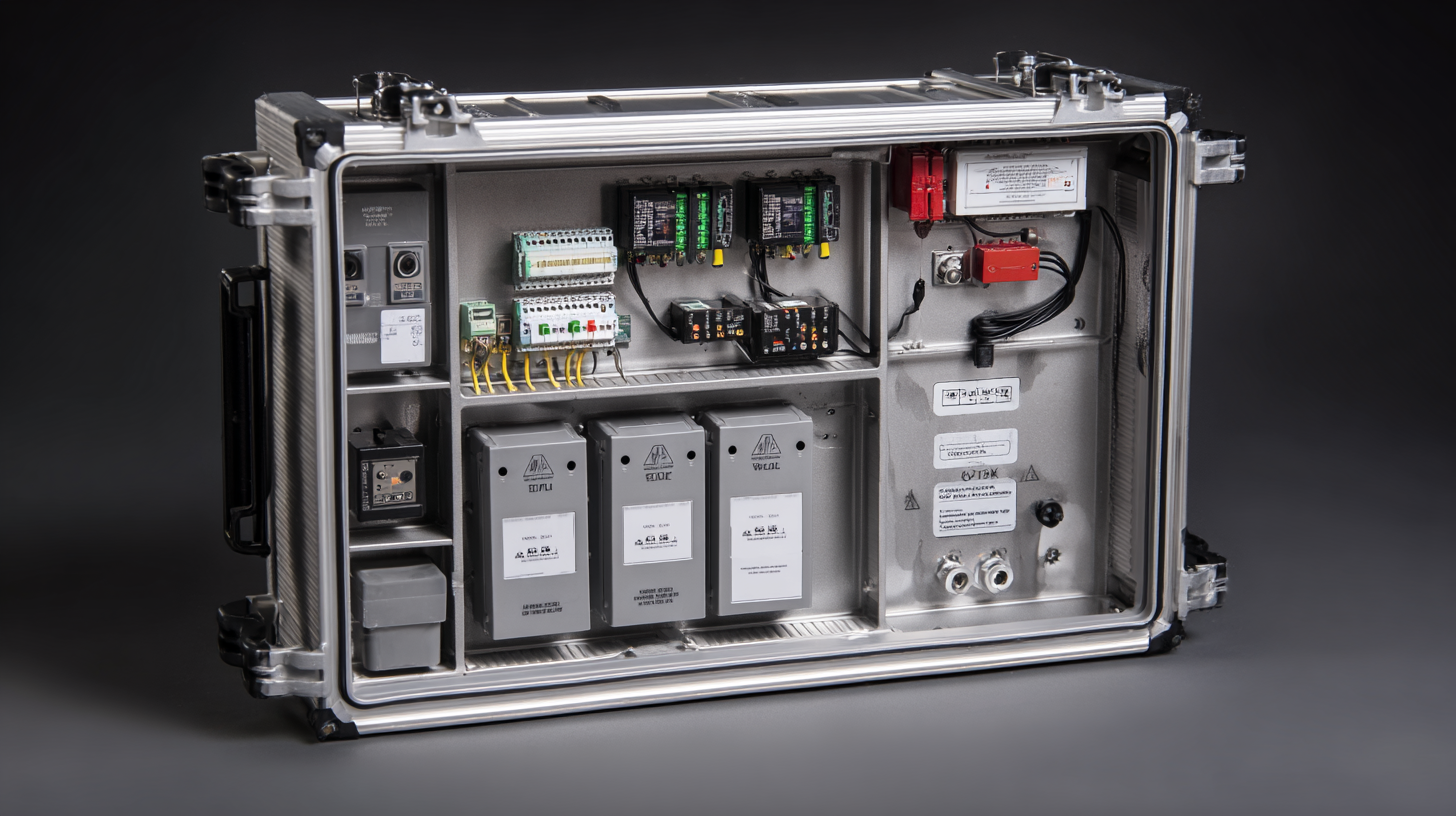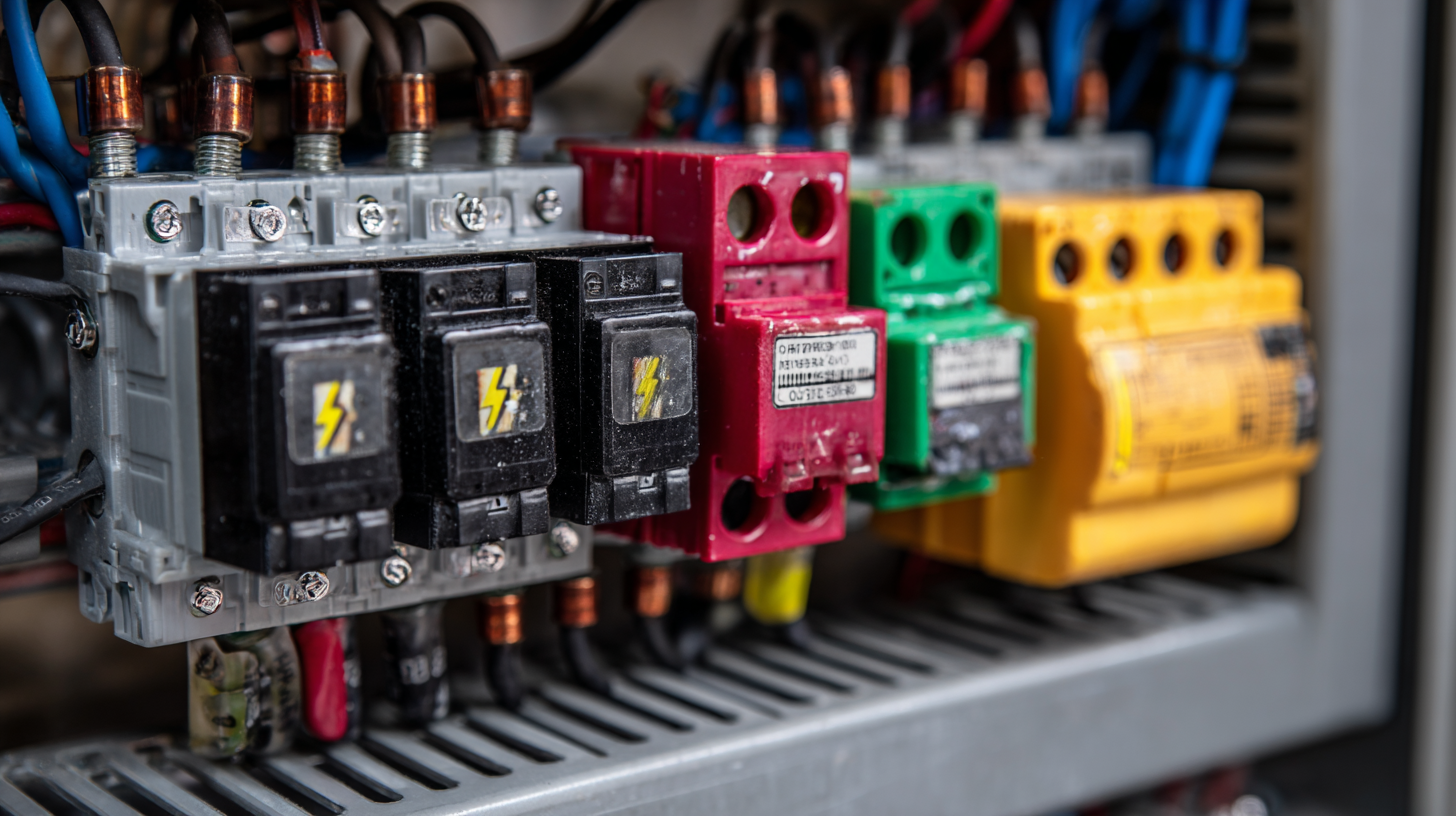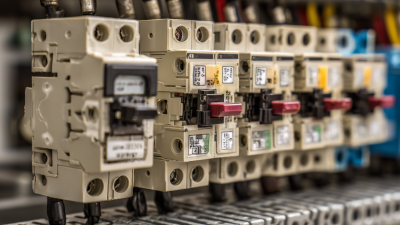How to Choose the Right Dc Surge Protector for Your Business Needs
In today's increasingly digital landscape, safeguarding sensitive electronic equipment is paramount for businesses across various industries. According to a report by the Electrical Infrastructure Security Council, equipment damage caused by electrical surges can lead to losses exceeding $1.5 billion annually in the United States alone. As more organizations rely on direct current (DC) power systems, selecting the right DC Surge Protector has become more critical than ever. These devices not only shield your infrastructure from voltage spikes but also enhance operational efficiency and reduce downtime. This article will guide you through the essential factors to consider when choosing a DC Surge Protector tailored to your specific business needs, ensuring that your investments are protected against unpredictable surges that can threaten both productivity and financial stability.
Understanding the Importance of DC Surge Protectors for Business Operations
In today's rapidly evolving technological landscape, the importance of DC surge protectors cannot be overstated for business operations. These devices play a critical role in safeguarding sensitive electronic equipment from voltage spikes that can cause significant operational disruptions. According to a report by the Institute of Electrical and Electronics Engineers (IEEE), annual losses from electrical surges can reach up to $20 billion, highlighting the necessity for effective surge protection strategies.
When selecting the right DC surge protector for your business, consider the specific voltage and current ratings of your equipment. The National Fire Protection Association (NFPA) emphasizes that compliance with UL standards is essential in ensuring optimal performance and safety in surge protection devices. Businesses should also assess their operational environment; for instance, locations prone to lightning strikes or unstable power infrastructure warrant higher-rated surge protectors to mitigate risks effectively.
**Tips:**
- Evaluate the total connected load to determine the capacity needed for your surge protector.
- Invest in surge protectors that offer real-time monitoring features for proactive maintenance and incident prevention.
- Regularly test and replace units as recommended by manufacturers to ensure continuous protection against surges.
How to Choose the Right DC Surge Protector for Your Business Needs
| Protection Level |
Voltage Rating (V) |
Current Rating (A) |
Response Time (ns) |
Applications |
| Class I |
12-48 V |
10-30 A |
50 ns |
Solar Panels, Telecommunications |
| Class II |
48-250 V |
5-20 A |
10 ns |
DC Loads, EV Charging Stations |
| Class III |
250-600 V |
2-10 A |
5 ns |
Industrial Equipment, Data Centers |
| Class IV |
Over 600 V |
1-5 A |
1 ns |
High Voltage Systems, Power Distribution |
Key Factors to Consider When Selecting a DC Surge Protector
When selecting a DC surge protector for your business, there are several key factors to consider to ensure optimal protection for your valuable equipment.
First and foremost, assess the voltage and current ratings of your system. It’s crucial to choose a surge protector that can handle the specific levels your devices operate at.
Mismatched ratings can lead to inadequate protection or even equipment damage. Additionally, consider the response time of the surge protector; faster response times offer better defense against transient surges, helping to safeguard sensitive electronics from instantaneous spikes.
Another important factor is the environment in which the surge protector will be installed. If your business operates in a high-energy environment, such as factories or service stations, look for models designed to withstand these conditions, often featuring enhanced durability and heat resistance.
Lastly, ensure that the surge protector provides adequate levels of surge capacity. A higher surge capacity indicates a greater ability to absorb surges, making it essential for industries that experience frequent voltage fluctuations.
By considering these factors, you can select a DC surge protector tailored to your business’s specific needs, providing peace of mind and extended equipment lifespan.
Types of DC Surge Protectors and Their Specific Applications
When selecting a DC surge protector for your business needs, understanding the different types available and their specific applications is crucial. Firstly, we have the wired surge protectors, commonly used in solar power systems. These devices intercept and redirect excess voltage, safeguarding inverters and batteries from damage. They're particularly beneficial in areas prone to lightning strikes or power surges, making them a must-have for renewable energy installations.
In contrast, plug-in surge protectors are ideal for devices that often shift locations, such as portable solar equipment or mobile telecommunications setups. These surge protectors offer versatility and ease of use, allowing for quick deployment in various scenarios. Another notable option is the panel-mounted surge protector, designed for larger systems where constant power supply continuity is paramount. They are integrated into the electrical panel, providing robust protection against voltage spikes for critical equipment like data servers and manufacturing machinery. Each type serves different operational needs, thus ensuring that the right choice can effectively enhance the reliability and longevity of your systems.
Evaluating Surge Protector Ratings and Specifications for Your Needs
When selecting a DC surge protector for your business, understanding surge protector ratings and specifications is crucial. The effectiveness of a surge protector is often evaluated based on its maximum surge current rating, which indicates the highest level of surge current the device can handle. According to a report from the International Electrotechnical Commission, a well-rated surge protector will have a maximum surge current rating of at least 20 kA per phase. This rating ensures that the device can adequately protect sensitive equipment from the increasing frequency of power surges caused by lightning strikes and other electrical disturbances.
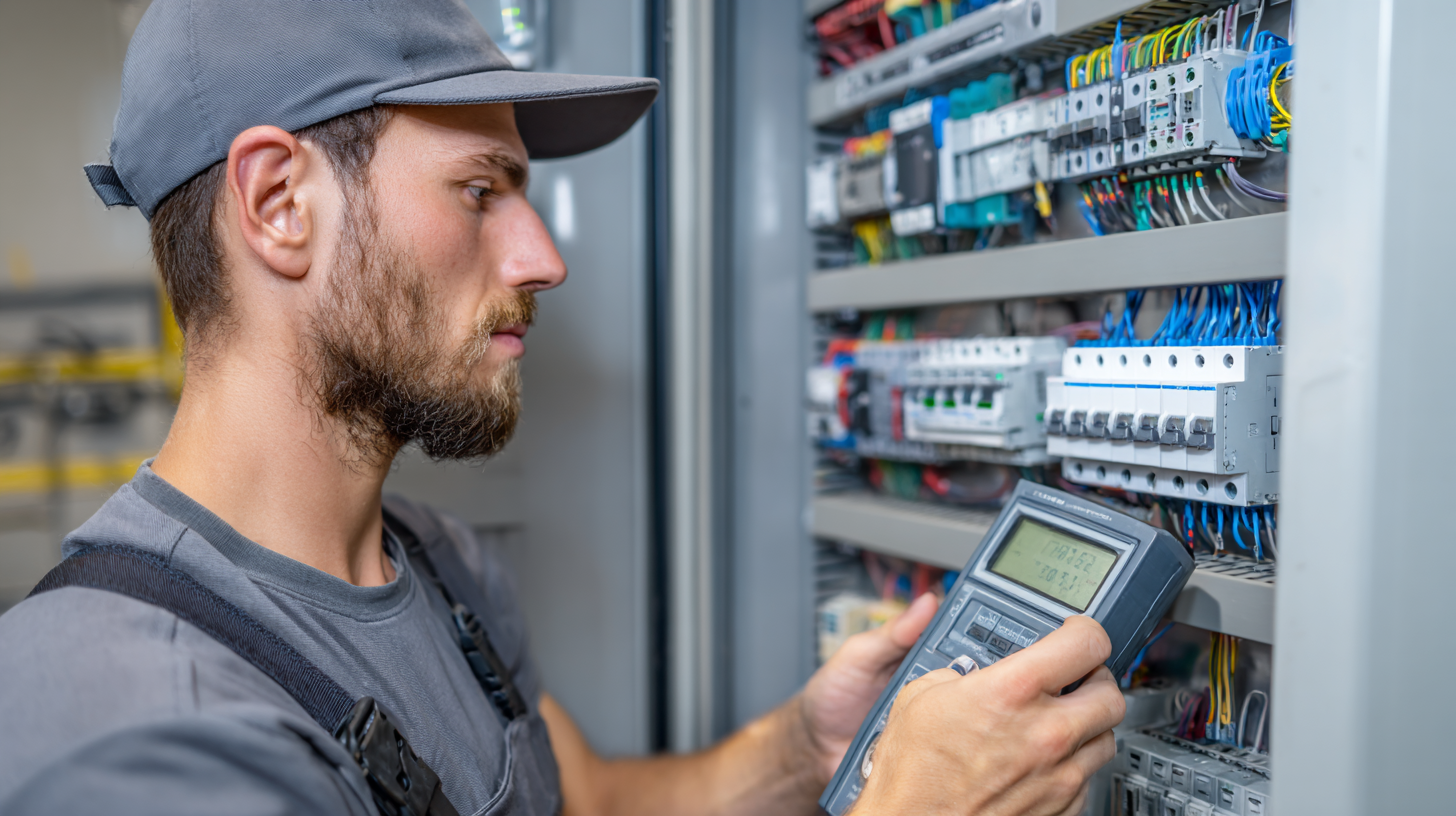
In addition to surge current ratings, businesses should also pay attention to response time and clamping voltage. A surge protector with a fast response time, typically less than 5 nanoseconds, can act quickly to shield connected equipment from transient voltages. Furthermore, the clamping voltage, which is the voltage level at which the surge protector begins to conduct, should ideally be lower than the equipment's maximum operating voltage while still within acceptable limits. IEEE 1100 standards recommend that the clamping voltage be maintained at or below 330 volts for effective protection of sensitive electronics. By carefully evaluating these specifications, businesses can select the right DC surge protector that meets their unique power protection needs.
Common Mistakes to Avoid When Choosing a DC Surge Protector for Your Business
When selecting a DC surge protector for your business, it's essential to avoid common pitfalls that can lead to inadequate protection. One prevalent mistake is underestimating the voltage and current requirements of your equipment. Ensure that the surge protector you choose can handle the maximum surge levels anticipated in your environment. This knowledge will safeguard your devices from potentially costly damage.
Another common error is overlooking the importance of compatibility with existing systems. Many businesses fail to check whether the surge protector aligns with their current electrical setup, which can lead to ineffective surge protection. Before making a purchase, always verify the specifications to ensure optimal performance and reliability.
Lastly, some businesses neglect to consider maintenance and warranty options. A surge protector is only as good as its upkeep. Look for products that offer regular maintenance checks or easy access to customer support. Additionally, ensure that there is a robust warranty in place, as this can provide peace of mind and protect your investment over time.

Home
About Us
Products
Terminal Power Distribution Electric
AC Miniature Circuit Breaker
 BY06H-125 MCB 10-15KA Miniature Circuit Breaker
BY06H-125 MCB 10-15KA Miniature Circuit Breaker
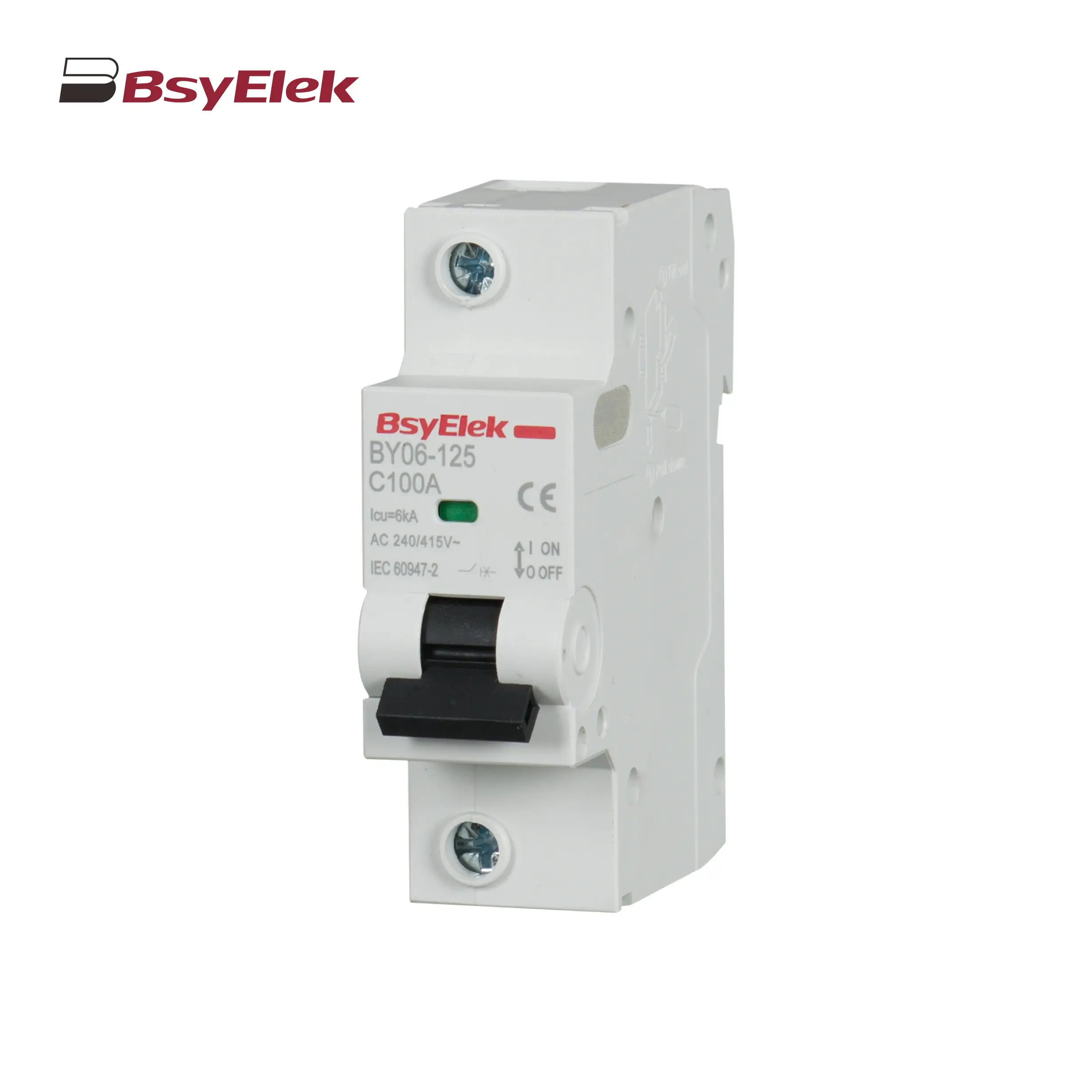 BY06-125 MCB 6KA Miniature Circuit Breaker
BY06-125 MCB 6KA Miniature Circuit Breaker
 BY05H-40 MCB Single Modular 6KA Miniature Circuit Breaker
BY05H-40 MCB Single Modular 6KA Miniature Circuit Breaker
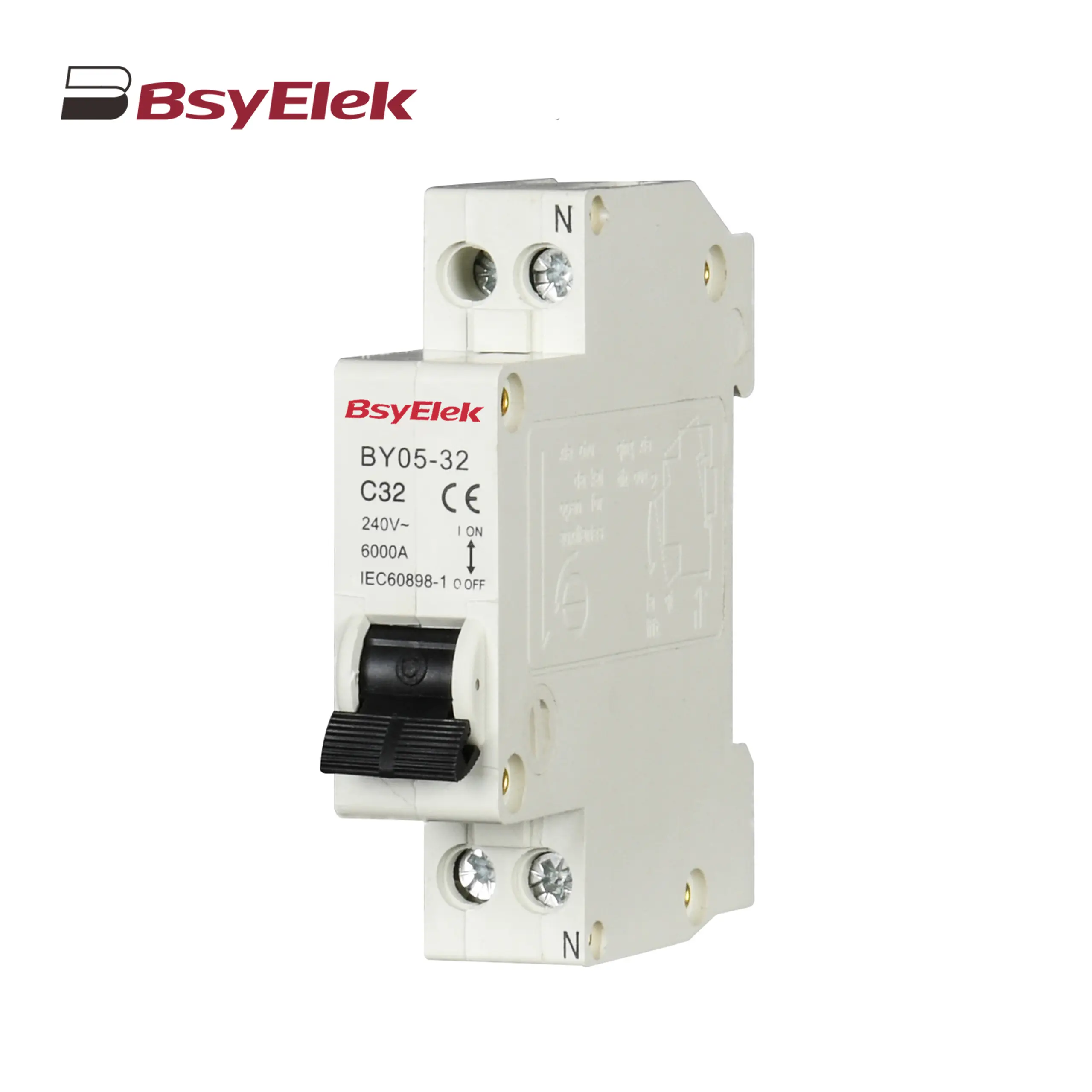 BY05-32 MCB Single Modular 3KA Miniature Circuit Breaker
BY05-32 MCB Single Modular 3KA Miniature Circuit Breaker
 BY04-63 MCB 6-10KA Miniature Circuit Breaker
BY04-63 MCB 6-10KA Miniature Circuit Breaker
 BY03H-63 MCB 6KA Miniature Circuit Breaker
BY03H-63 MCB 6KA Miniature Circuit Breaker
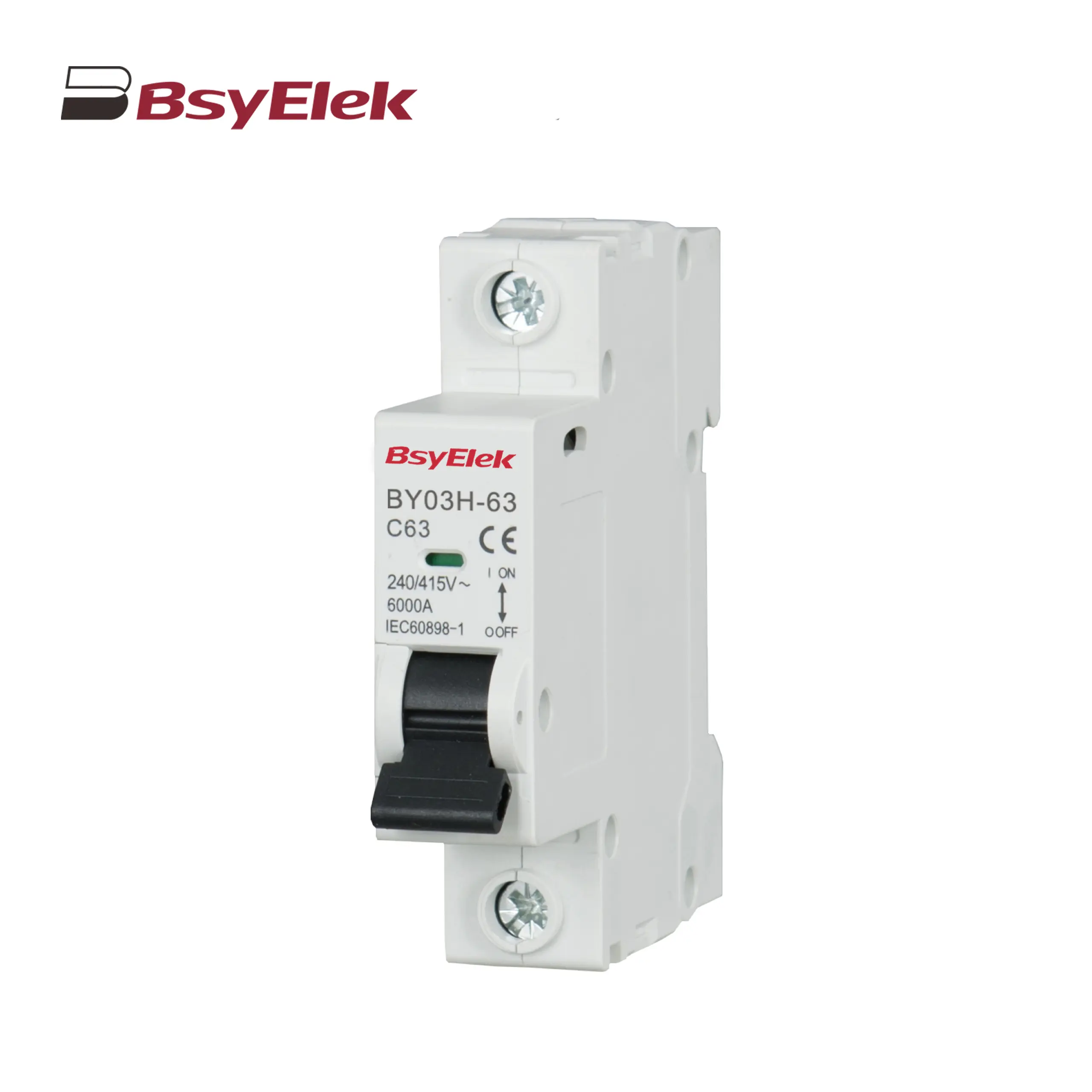 BY03-63 MCB 4.5KA Miniature Circuit Breaker
BY03-63 MCB 4.5KA Miniature Circuit Breaker
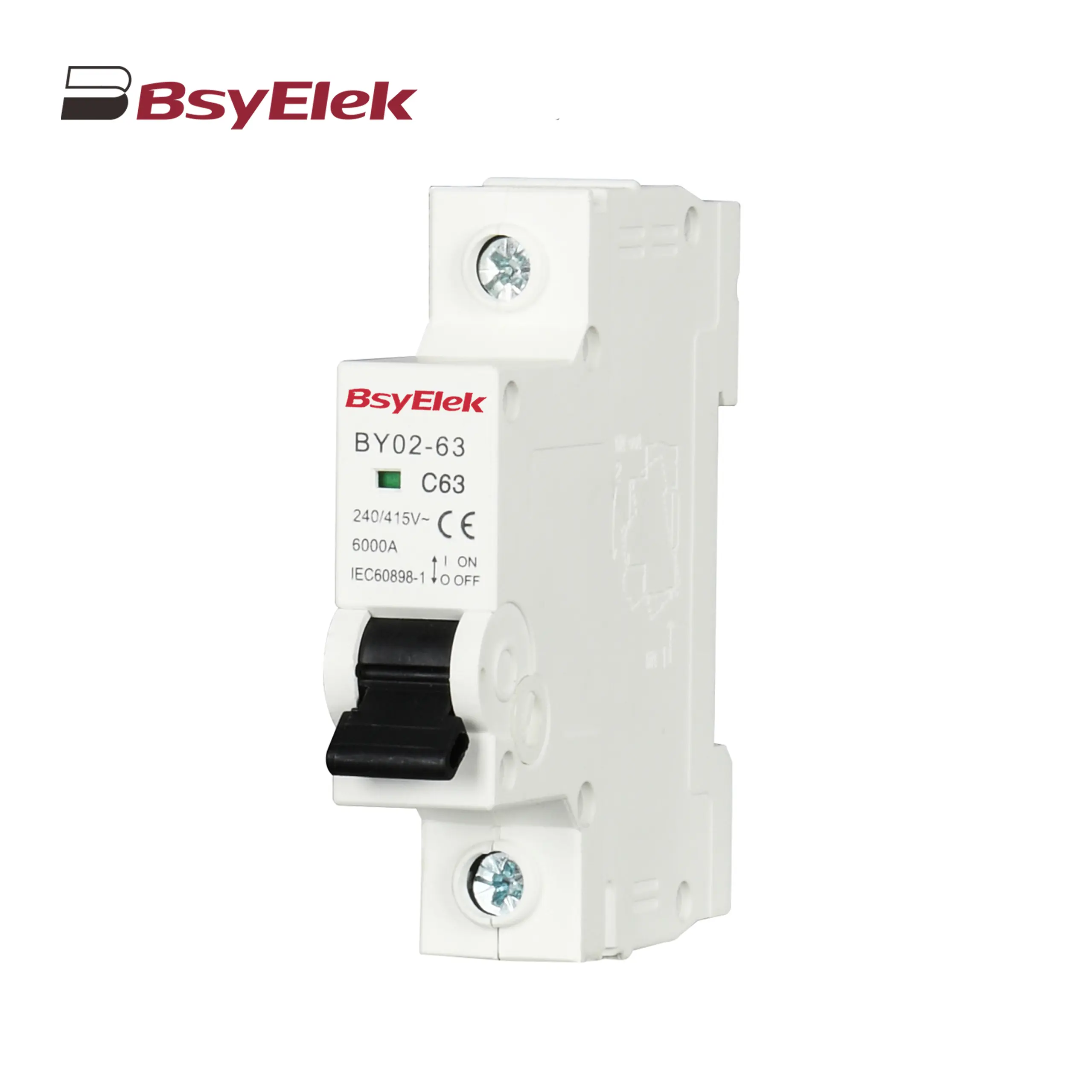 BY02-63 MCB 3kA Miniature Circuit Breaker
BY02-63 MCB 3kA Miniature Circuit Breaker
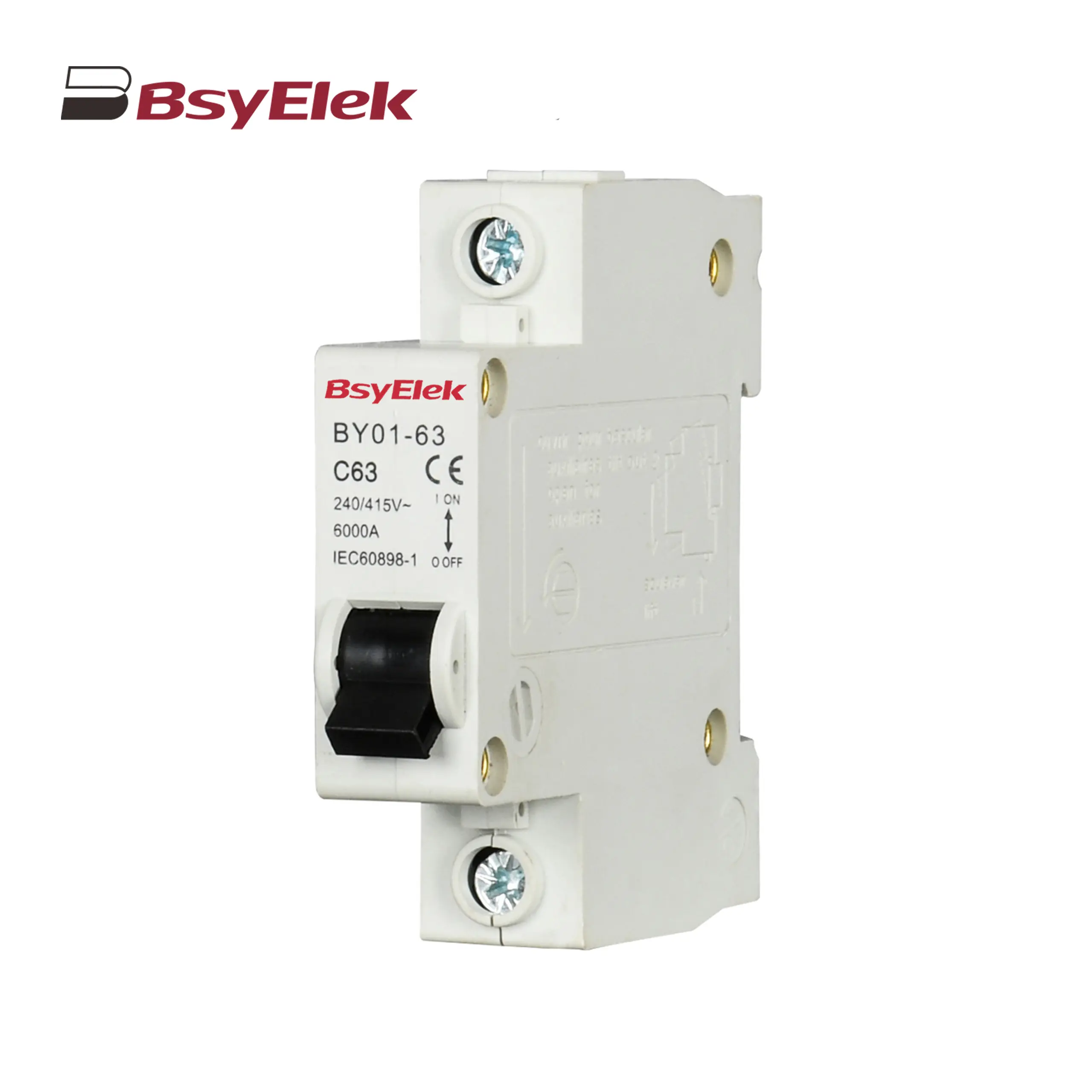 BY01-63 MCB 3kA Miniature Circuit Breaker
BY01-63 MCB 3kA Miniature Circuit Breaker
MCB Accessories
Main Switch
RCBO RCCB
 BY07L-63 RCCB 6KA Residual Current Circuit Breaker
BY07L-63 RCCB 6KA Residual Current Circuit Breaker
 BY05HL-40 RCBO 6KA Residual Current Circuit Breaker with Over-current Protection
BY05HL-40 RCBO 6KA Residual Current Circuit Breaker with Over-current Protection
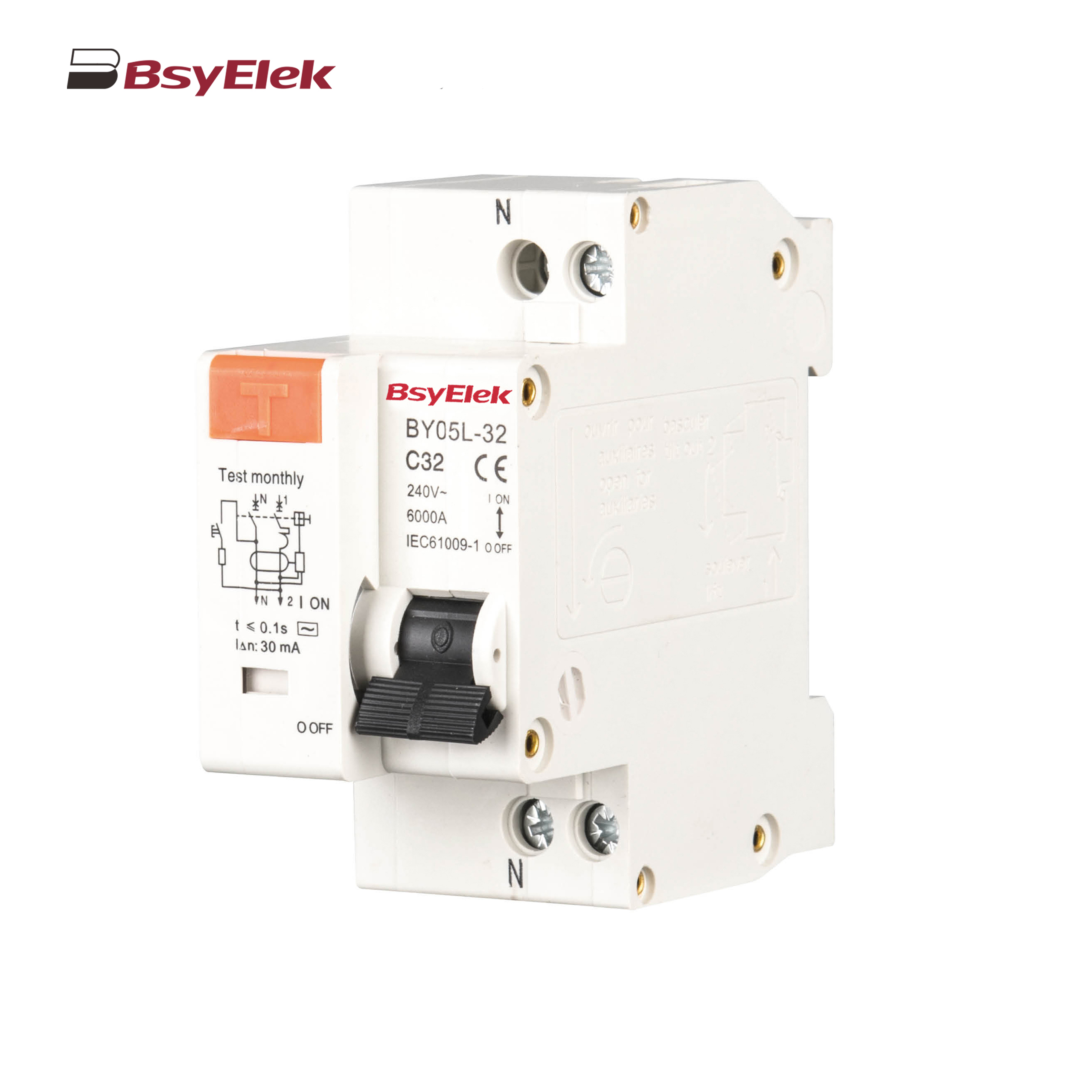 BY05L-32 RCBO 3KA Residual Current Circuit Breaker with Over-current Protection
BY05L-32 RCBO 3KA Residual Current Circuit Breaker with Over-current Protection
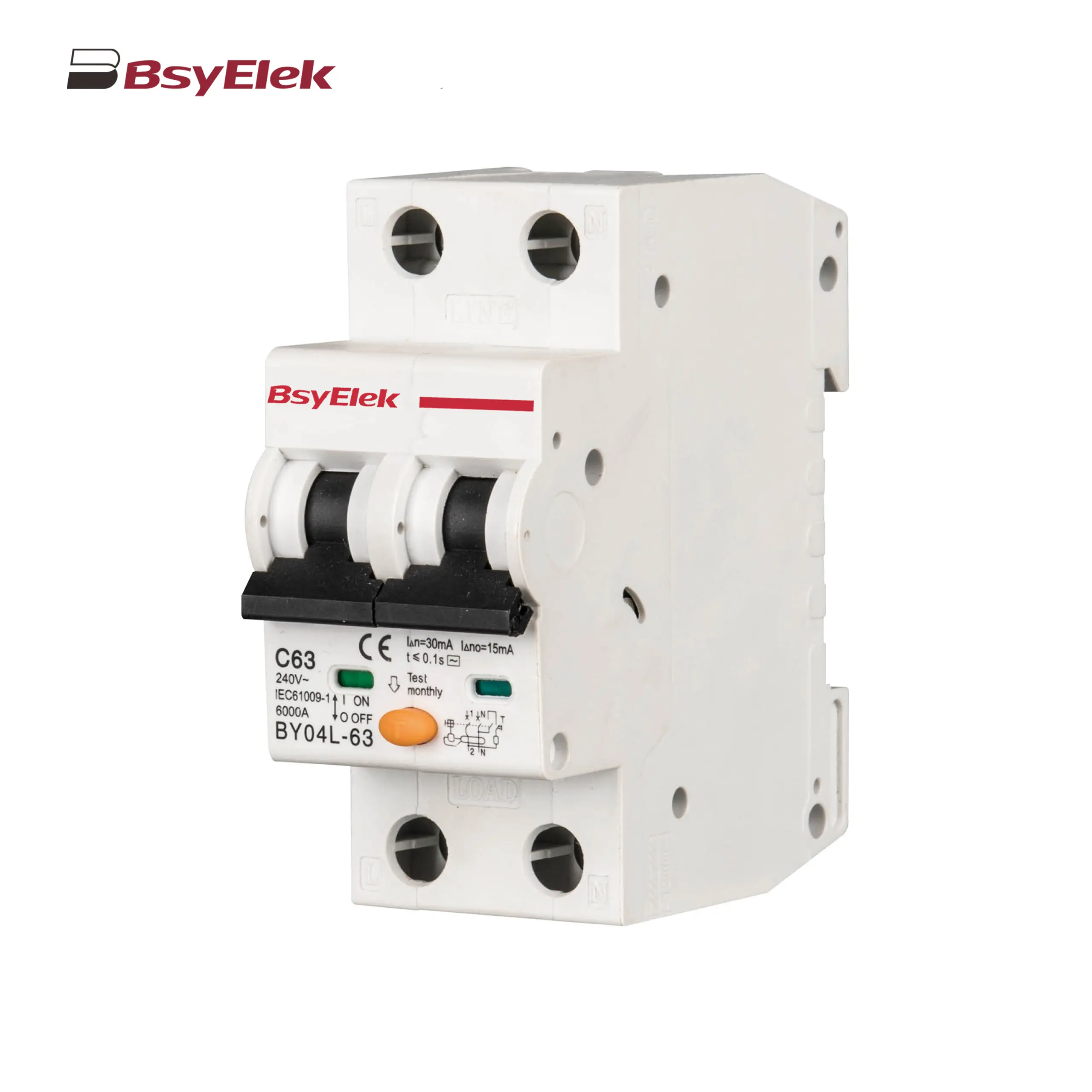 BY04L-63 RCBO 6KA Residual Current Circuit Breaker with Over-current Protection
BY04L-63 RCBO 6KA Residual Current Circuit Breaker with Over-current Protection
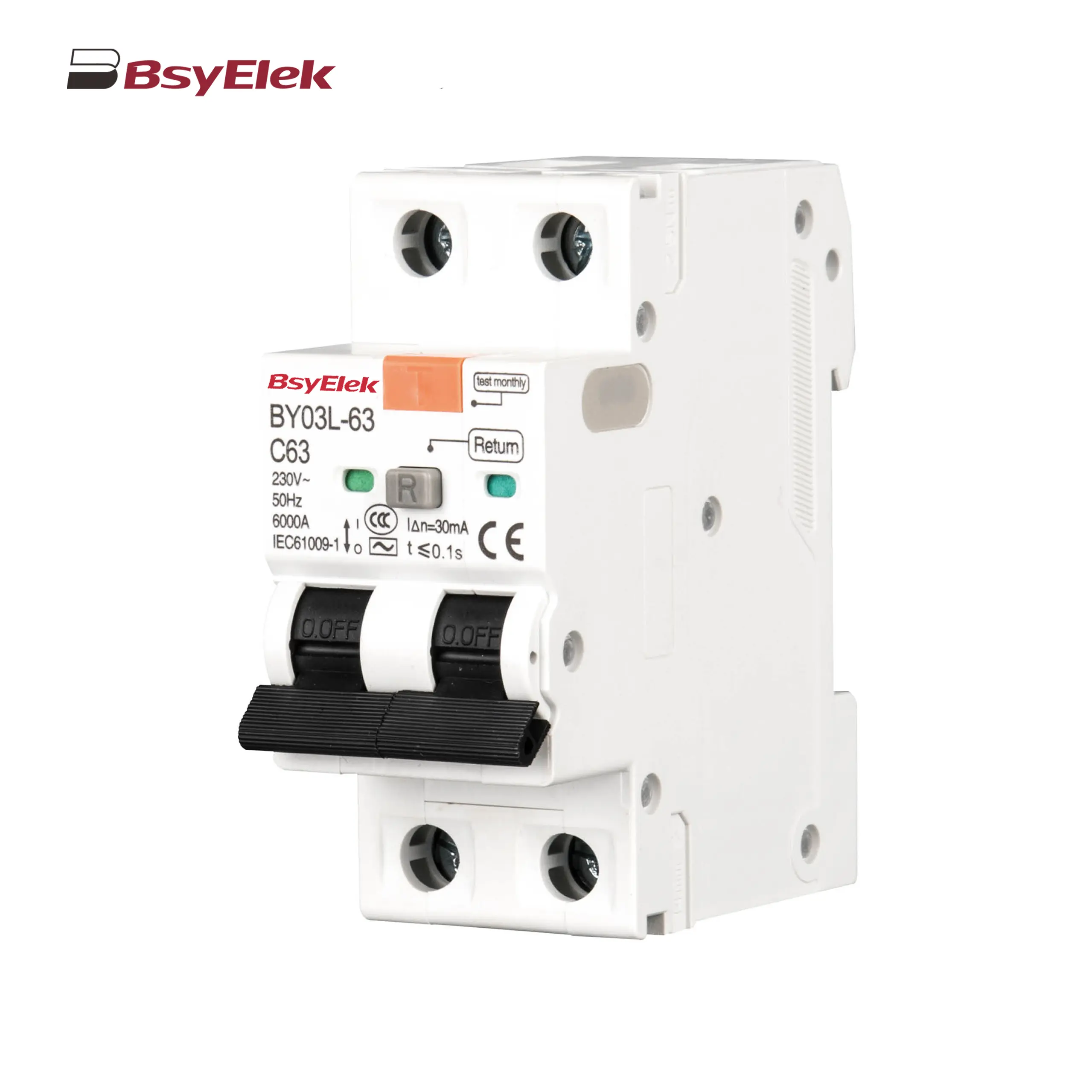 BY03L-63 RCBO 4.5KA Residual Current Circuit Breaker with Over-current Protection
BY03L-63 RCBO 4.5KA Residual Current Circuit Breaker with Over-current Protection
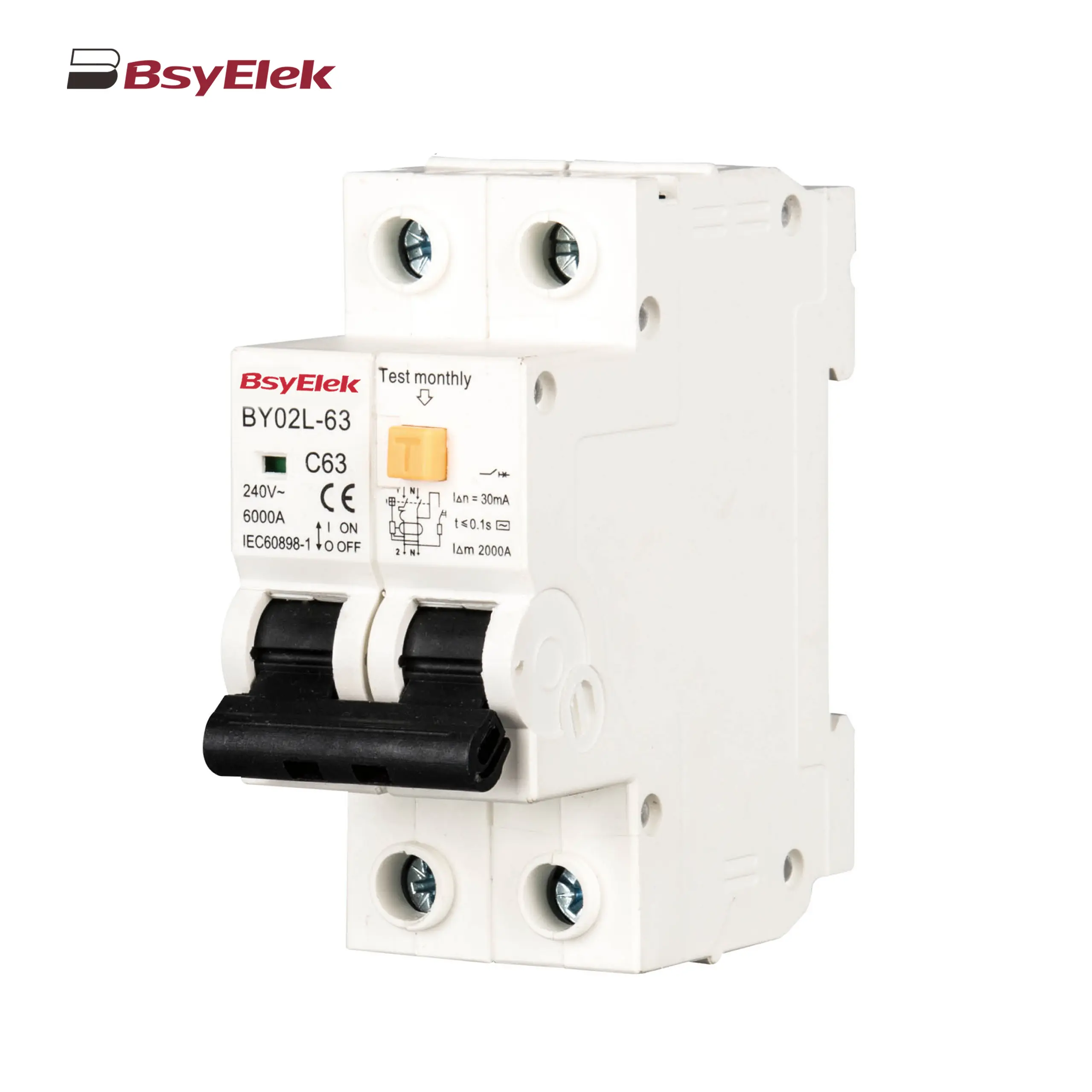 BY02L-63 RCBO 3KA Residual Current Circuit Breaker with Over-current Protection
BY02L-63 RCBO 3KA Residual Current Circuit Breaker with Over-current Protection
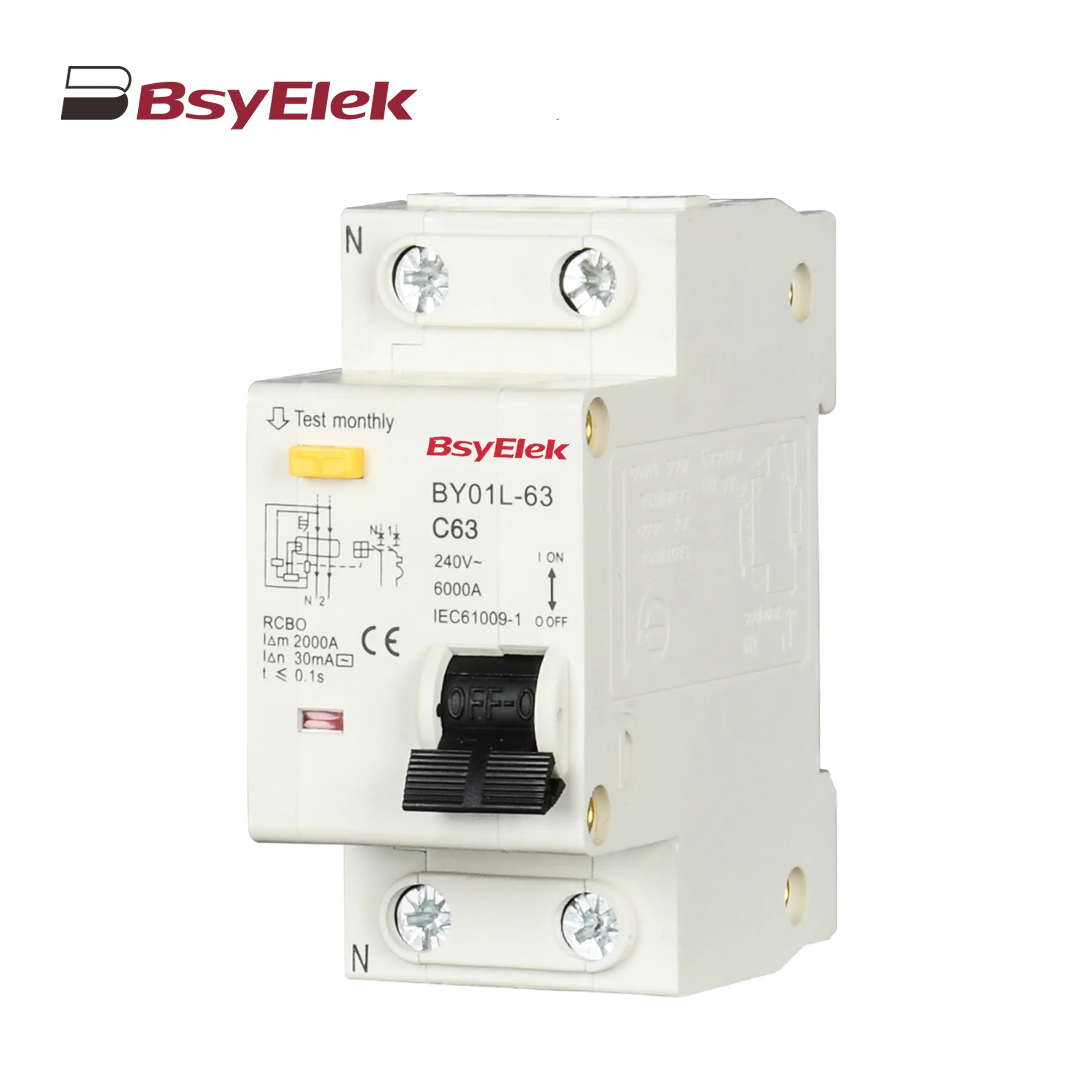 BY01L-63 RCBO 1P+N 3KA Residual Current Circuit Breaker with Over-current Protection
BY01L-63 RCBO 1P+N 3KA Residual Current Circuit Breaker with Over-current Protection
Resettable Overvoltage and Undervoltage Protector
AC Contactor
AC Surge Protective Device
Changeover Switch
Photovoltaic System Protection
DC Miniature Circuit Breaker
 BY06H-125DC MCB 10-15kA DC Miniature Circuit Breaker
BY06H-125DC MCB 10-15kA DC Miniature Circuit Breaker
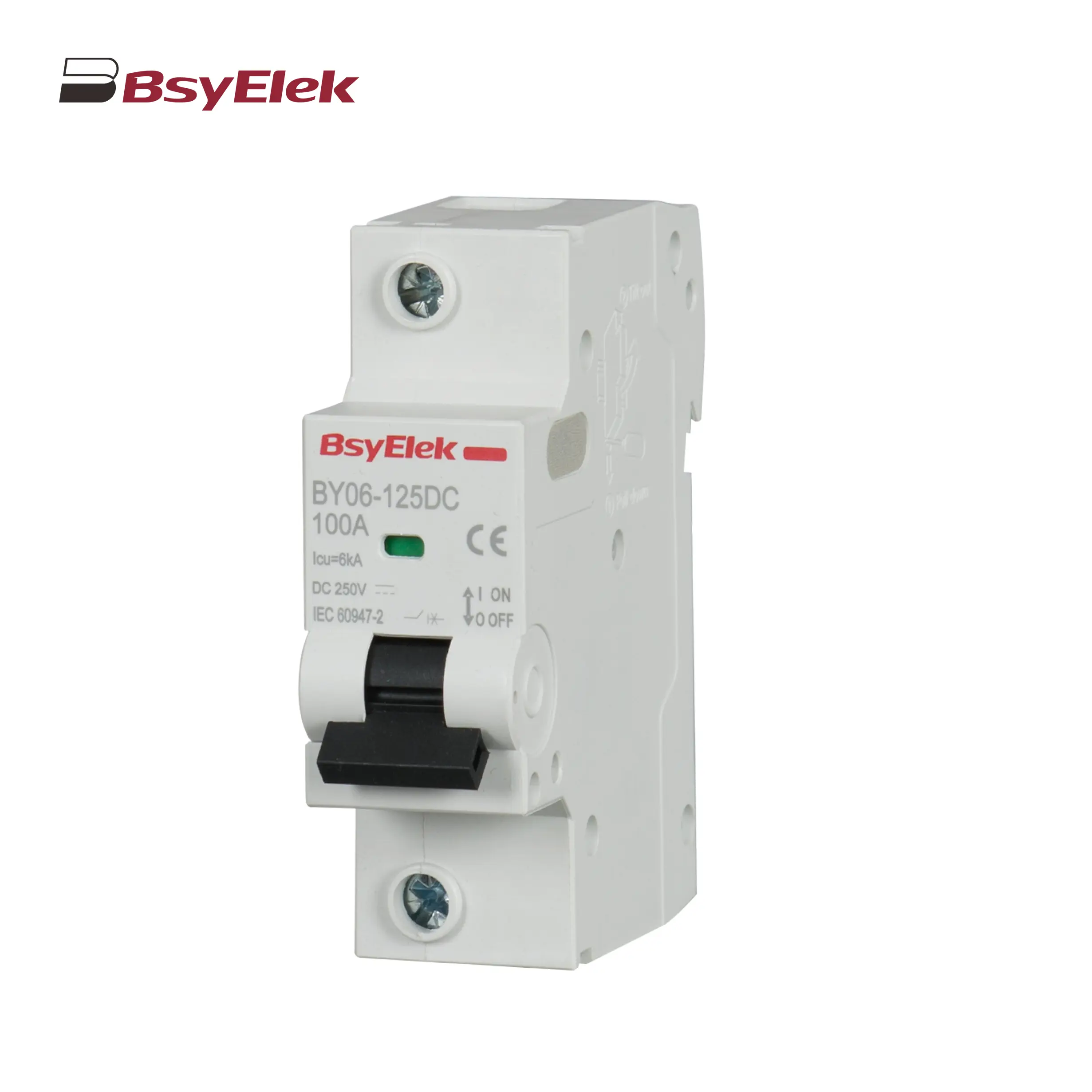 BY06-125DC MCB 6kA DC Miniature Circuit Breaker
BY06-125DC MCB 6kA DC Miniature Circuit Breaker
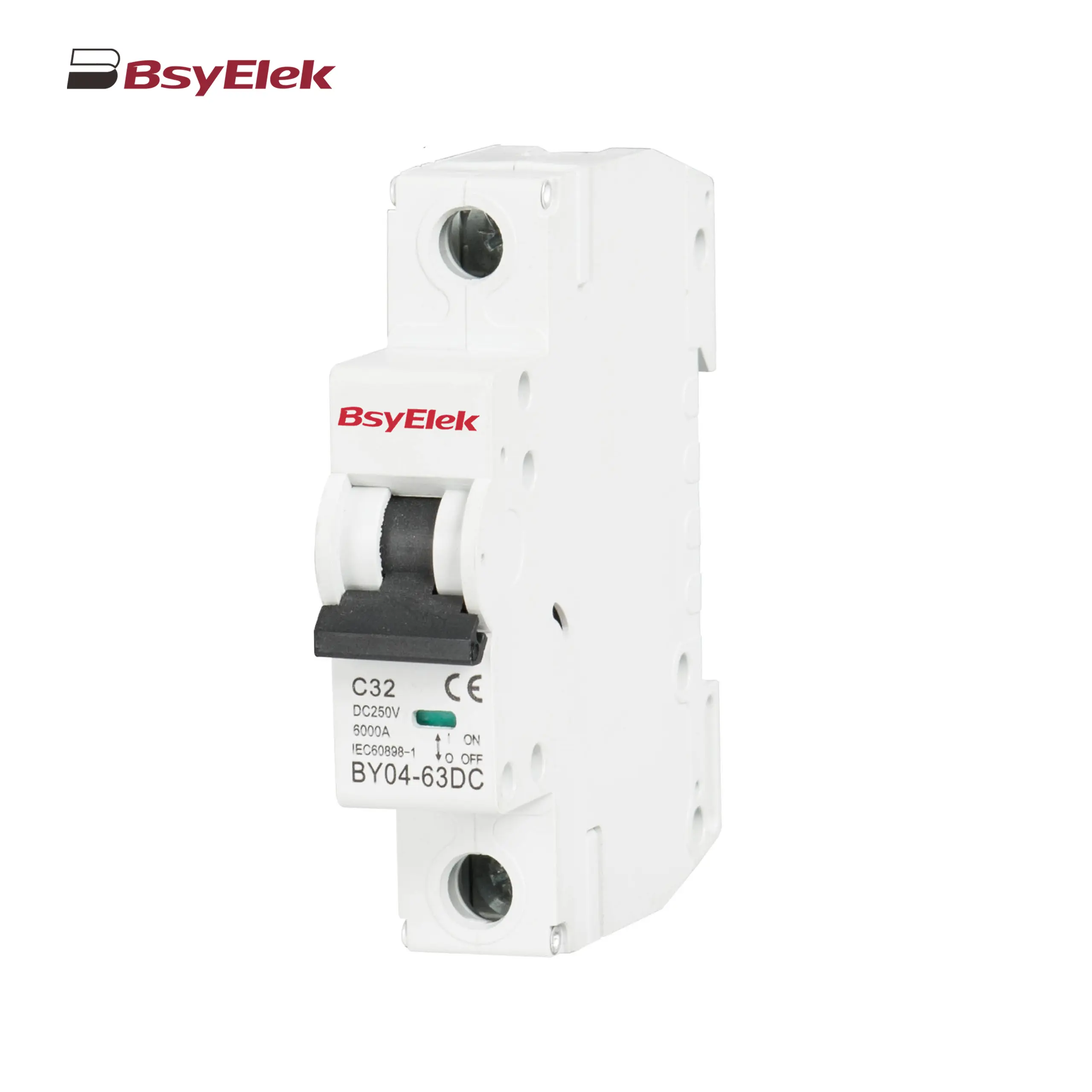 BY04-63DC MCB 6-10kA DC Miniature Circuit Breaker
BY04-63DC MCB 6-10kA DC Miniature Circuit Breaker
 BY03H-63DC MCB 6kA DC Miniature Circuit Breaker
BY03H-63DC MCB 6kA DC Miniature Circuit Breaker
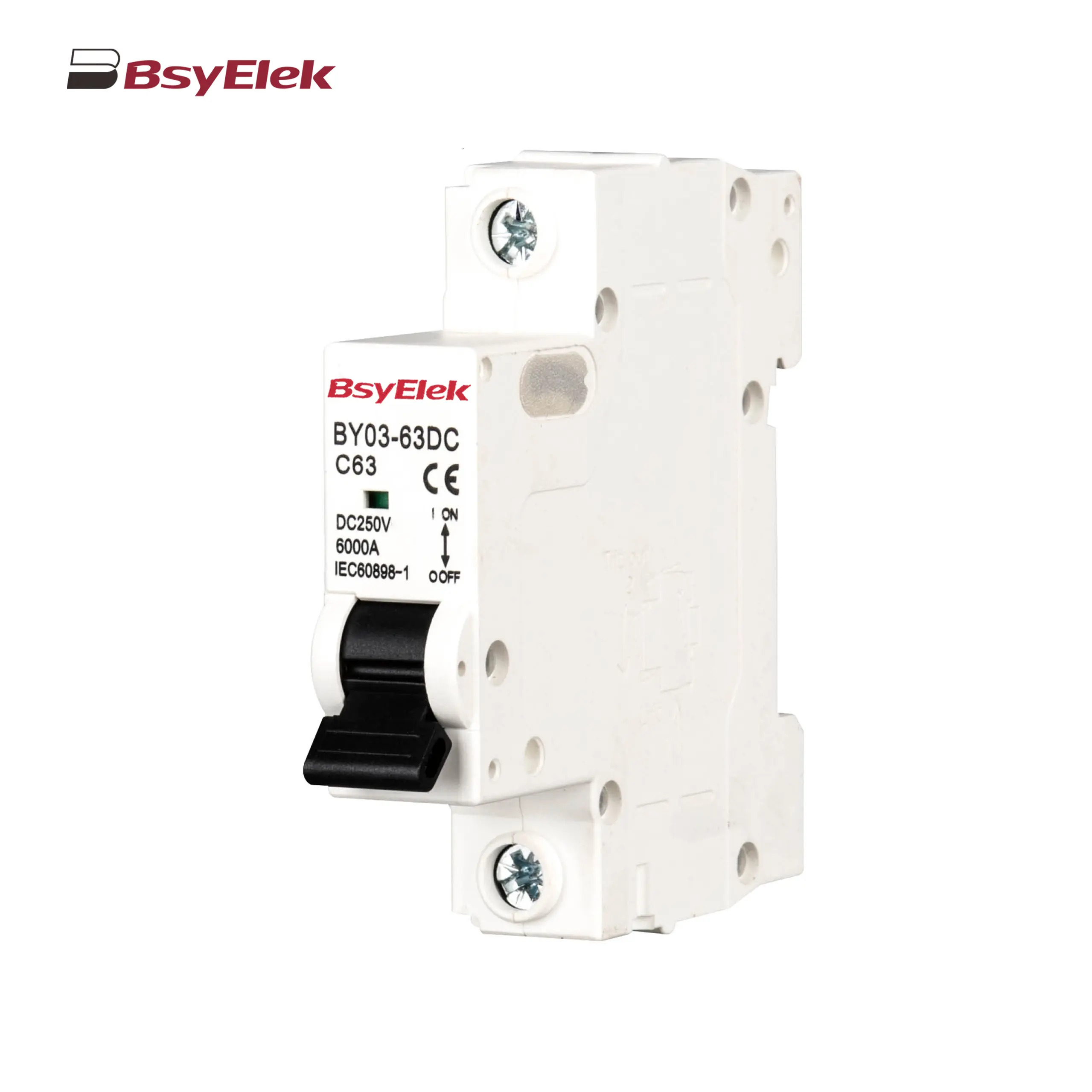 BY03-63DC MCB 4.5kA DC Miniature Circuit Breaker
BY03-63DC MCB 4.5kA DC Miniature Circuit Breaker
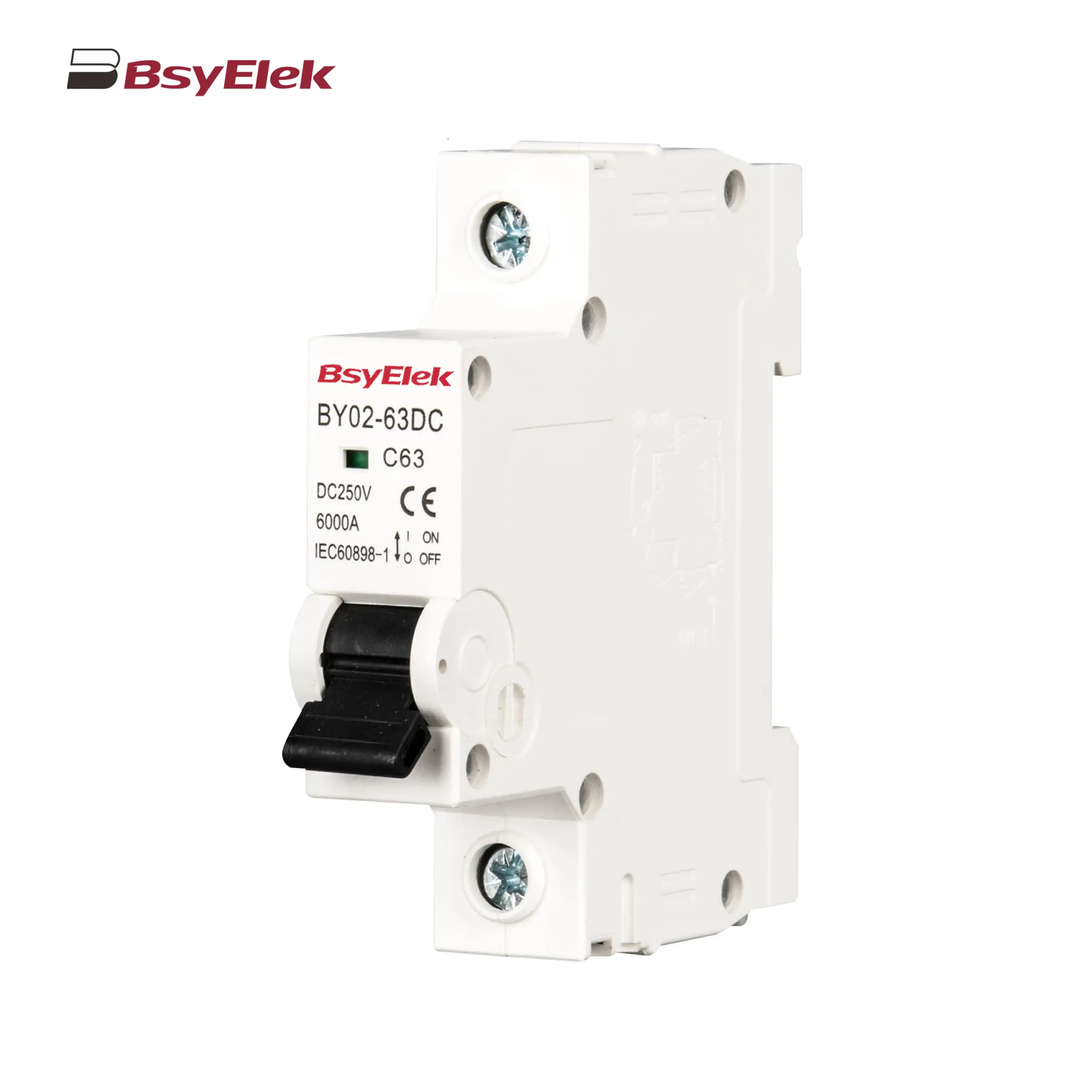 BY02-63DC MCB 3kA DC Miniature Circuit Breaker
BY02-63DC MCB 3kA DC Miniature Circuit Breaker
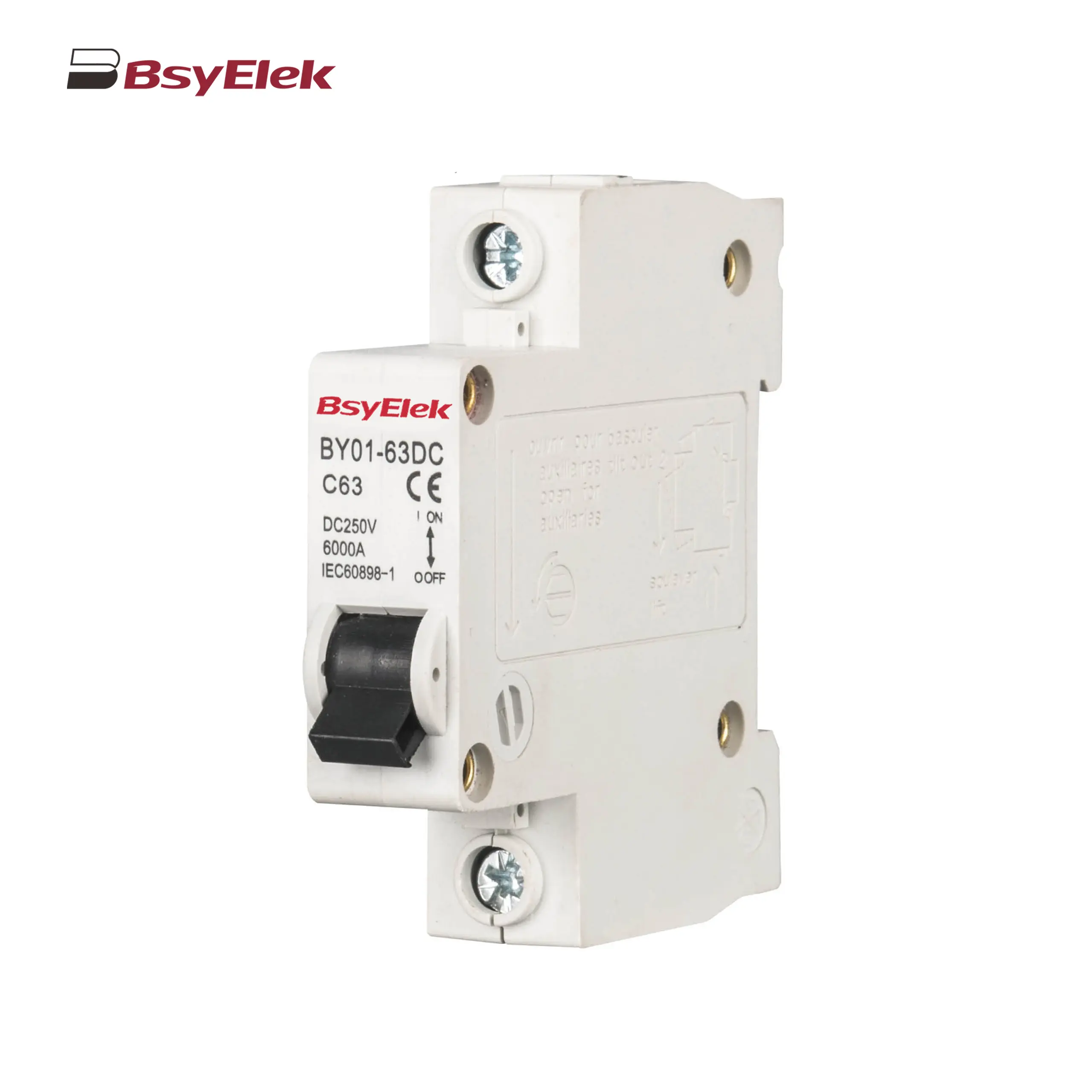 BY01-63DC MCB 3kA DC Miniature Circuit Breaker
BY01-63DC MCB 3kA DC Miniature Circuit Breaker
RCD
DC Surge Protective Device
DC Fuse
PV Isolator Switch
PV Connector
Cable Gland
PV Cable
PV Knife Switch
DC Molded Case Circuit Breaker
Industrial Power Distribution Electric
Distribution Box
Air Conditioning System
Definite Purpose Magnetic Contactor
Condensate Pump
 BY-5018 1.8M Engineering Drainage Pump
BY-5018 1.8M Engineering Drainage Pump
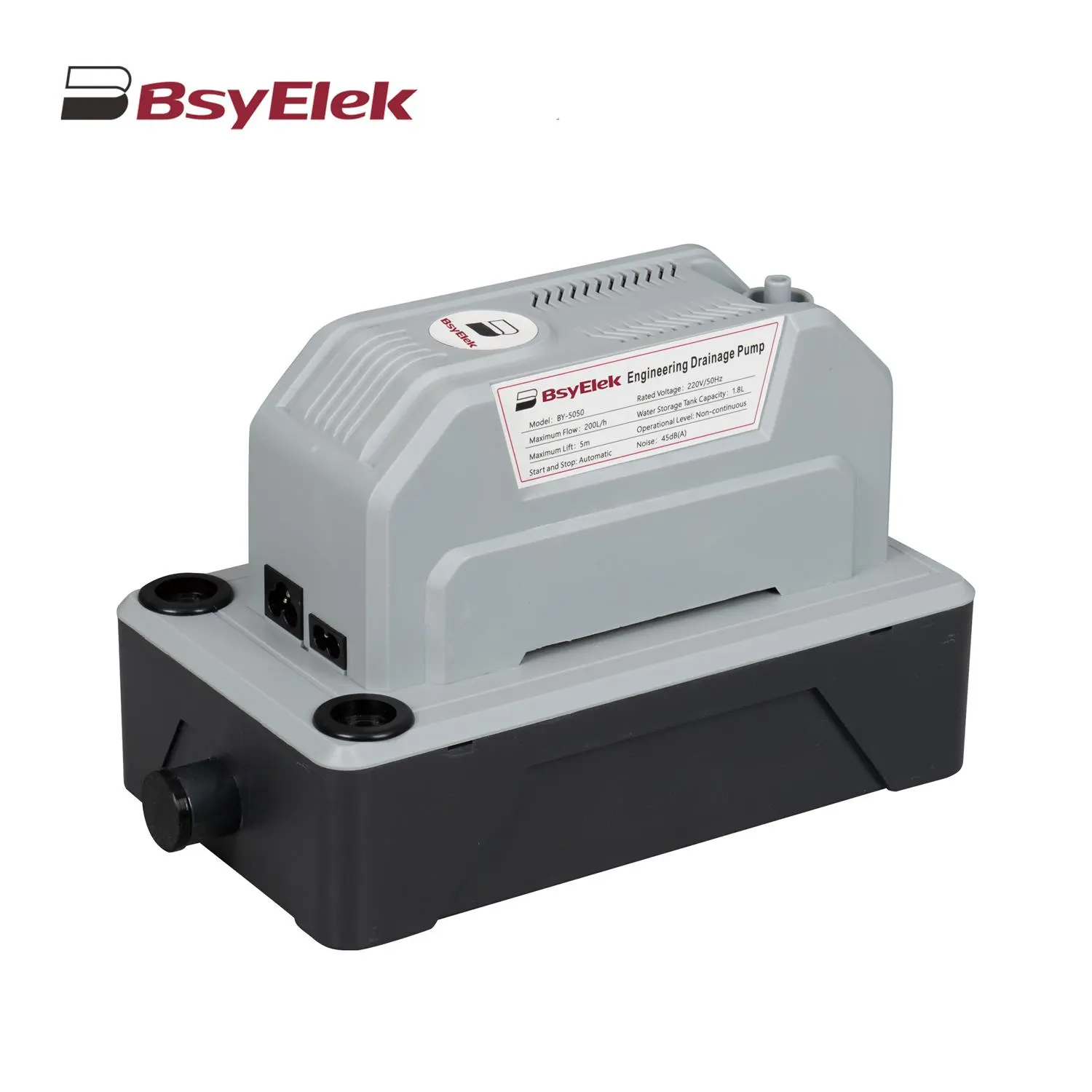 BY-5050 5M Engineering Drainage Pump
BY-5050 5M Engineering Drainage Pump
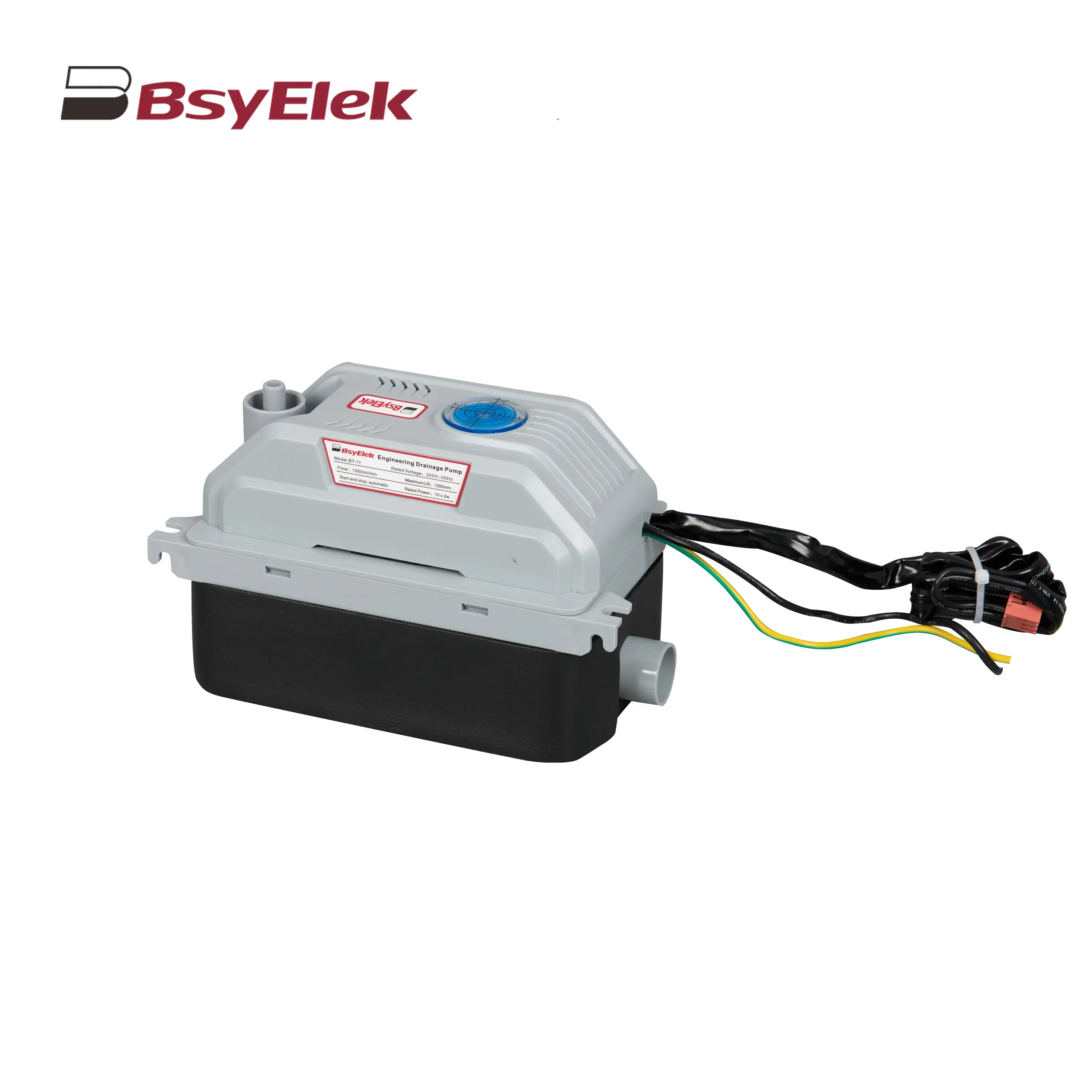 BY-11 1.2M Engineering Drainage Pump
BY-11 1.2M Engineering Drainage Pump
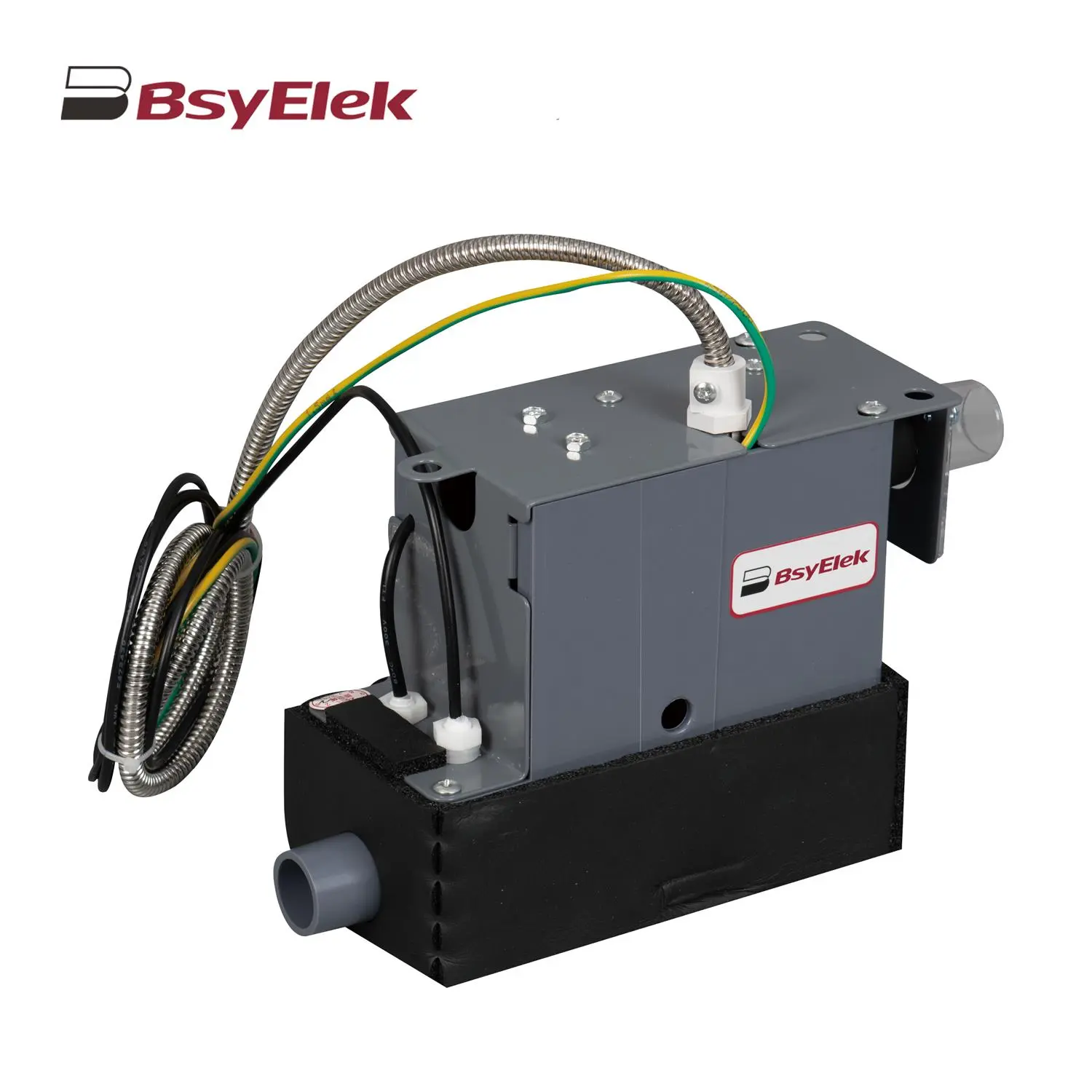 SBH-05 0.7M Original Drainage Pump of Duct Type Air Conditioner
SBH-05 0.7M Original Drainage Pump of Duct Type Air Conditioner
 BY-24A/40A 10M Drainage Pump of Air Conditioner
BY-24A/40A 10M Drainage Pump of Air Conditioner
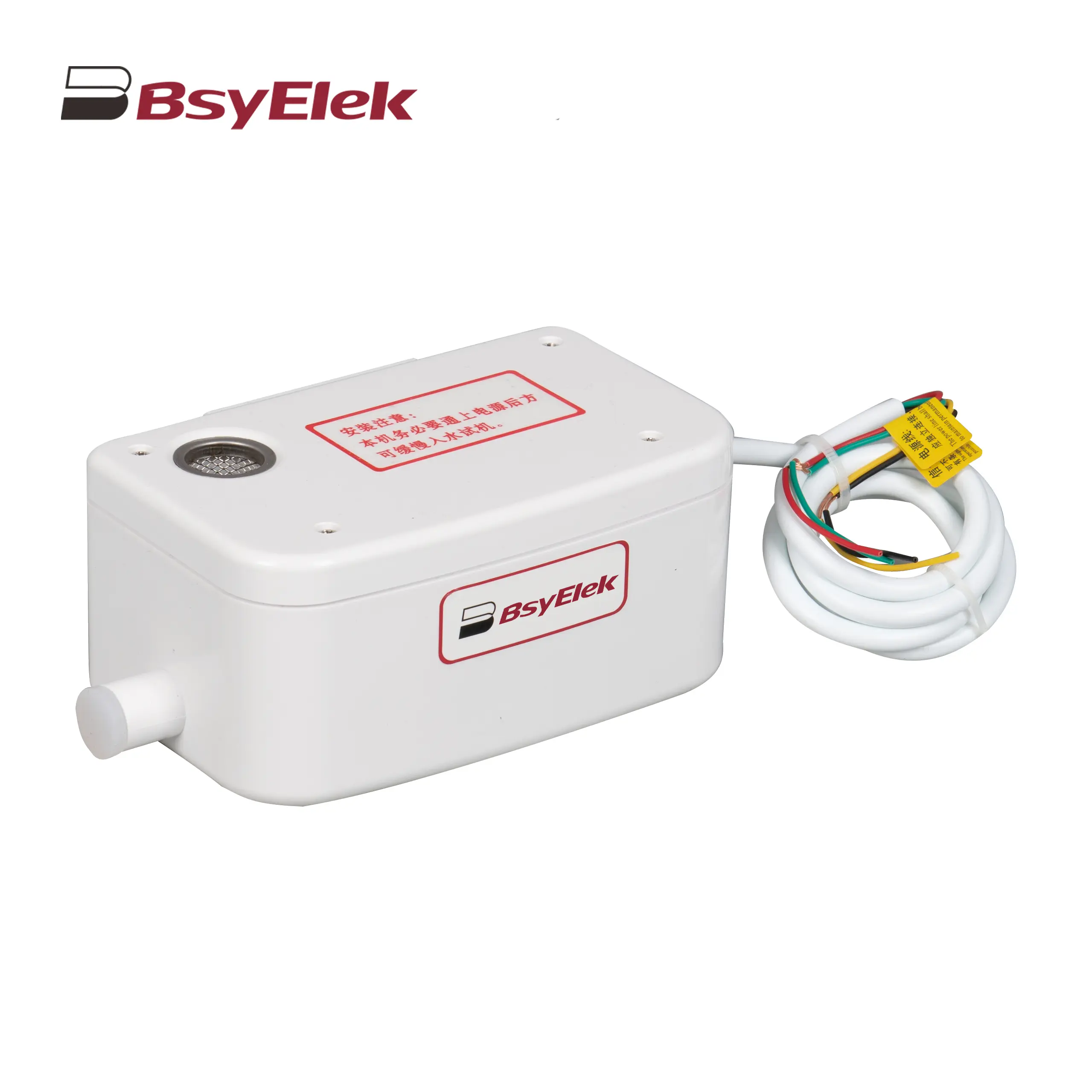 BY-50A 12M Drainage Pump of Air Conditioner
BY-50A 12M Drainage Pump of Air Conditioner
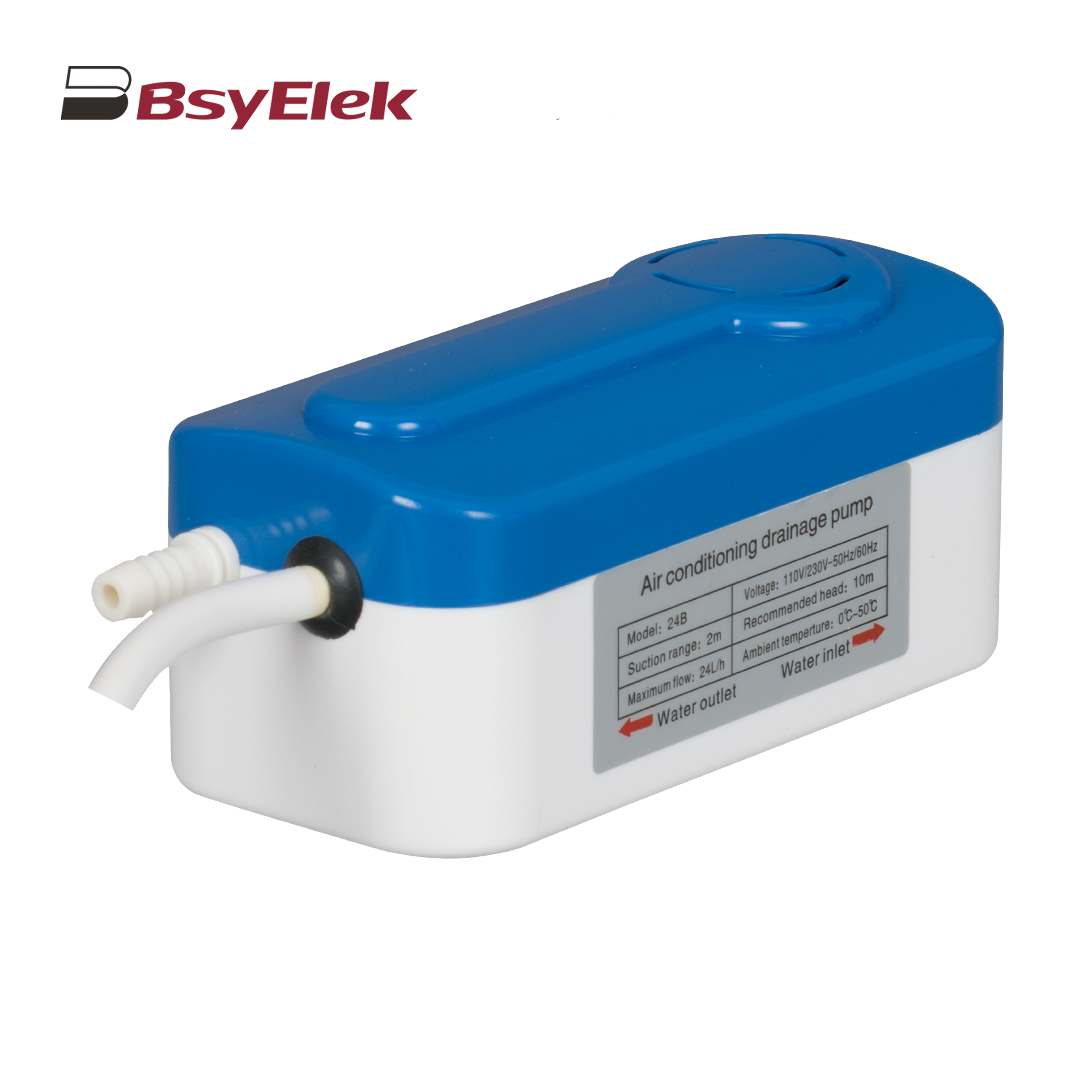 BY-24B/40B 10M Split Type Drainage Pump
BY-24B/40B 10M Split Type Drainage Pump
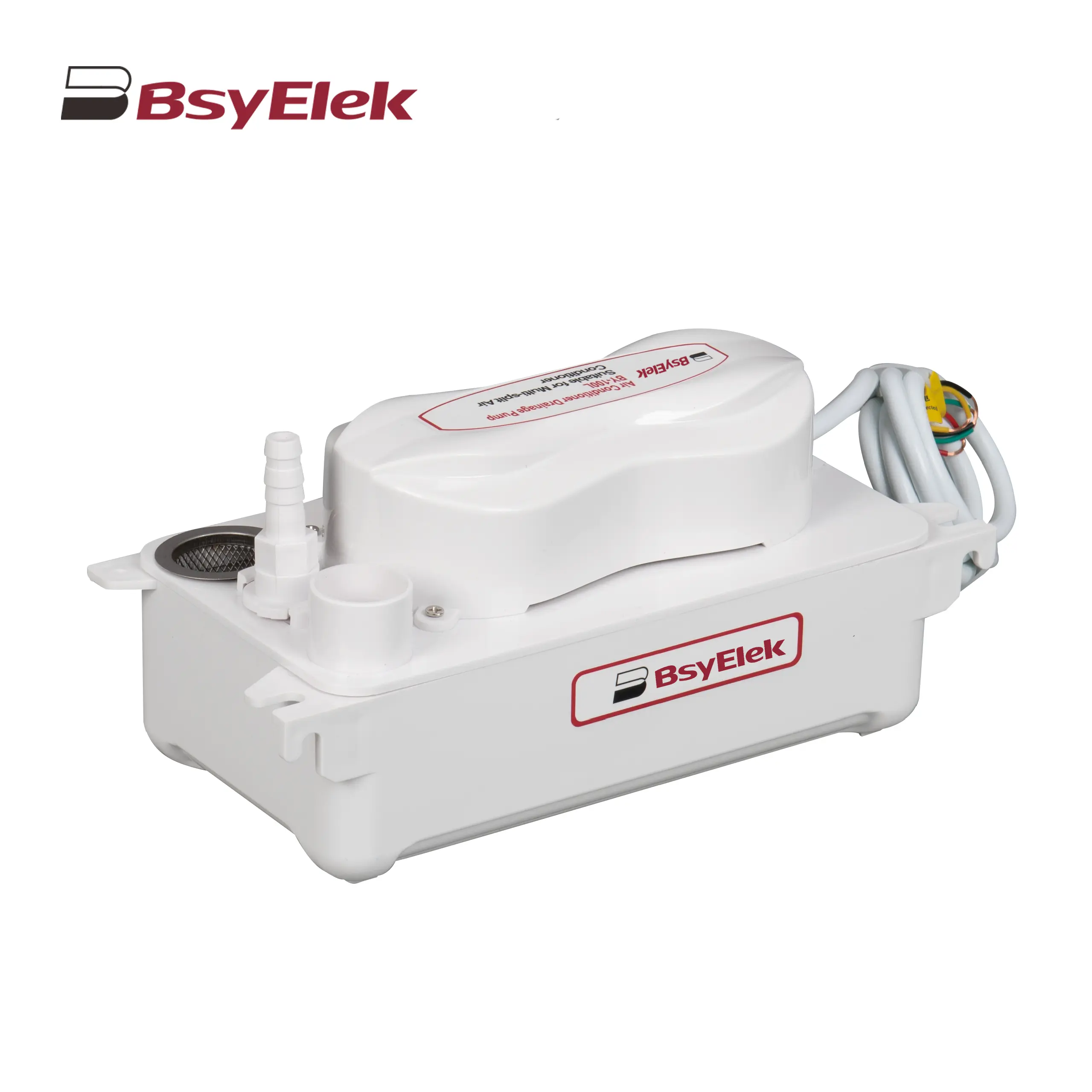 BY-100L 2M Drainage Pump of Air Conditioner
BY-100L 2M Drainage Pump of Air Conditioner
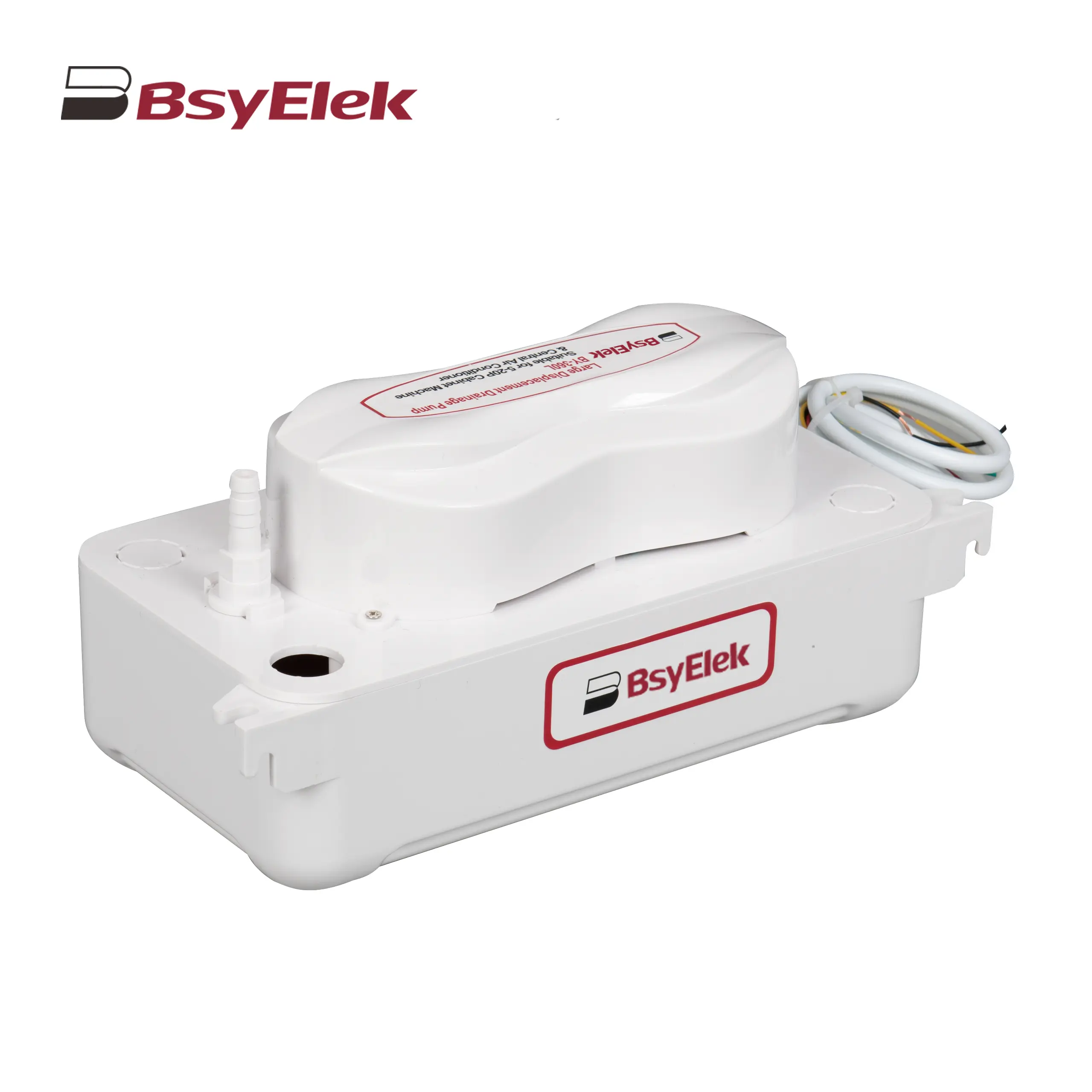 BY-360L 6M Large Displacement Drainage Pump
BY-360L 6M Large Displacement Drainage Pump
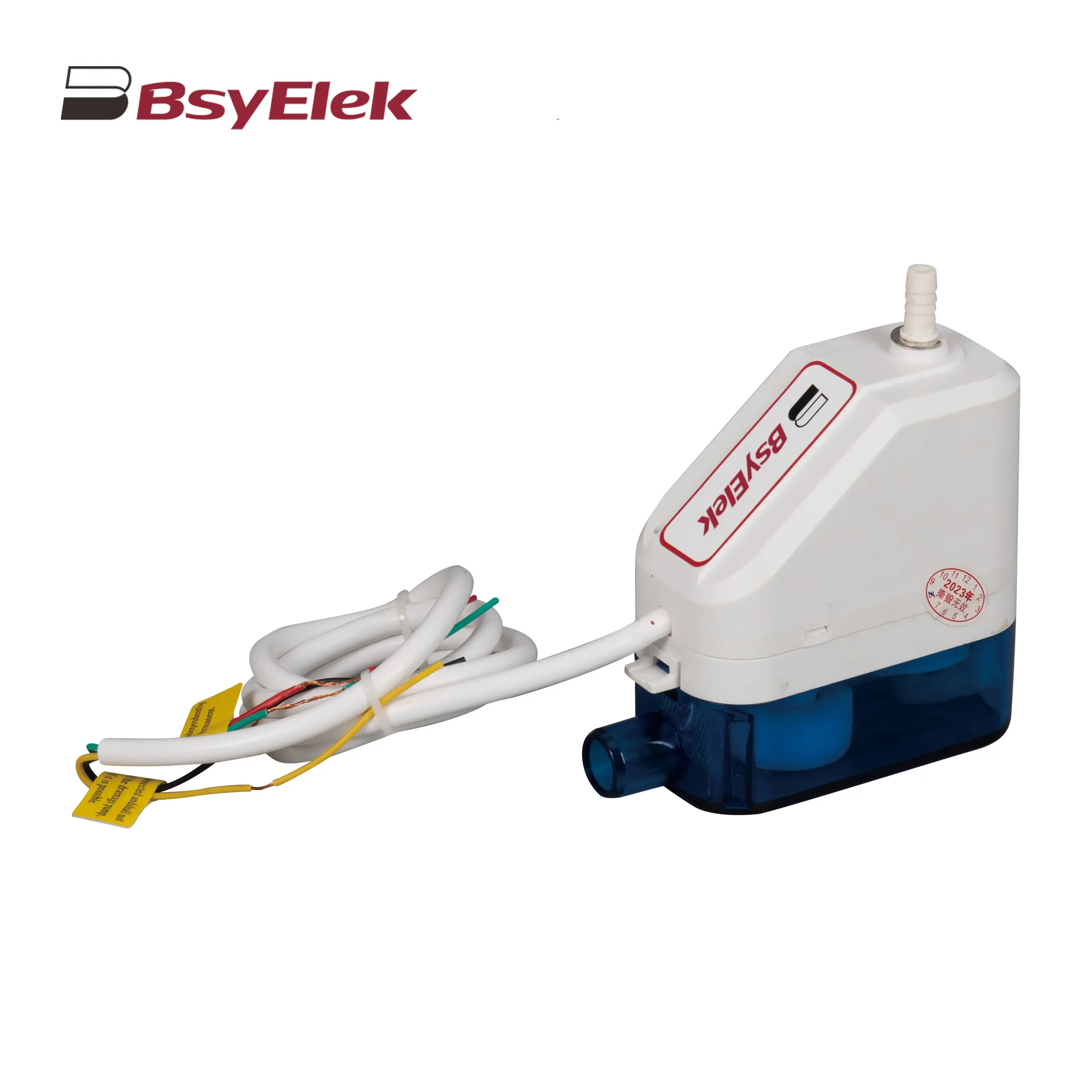 BY-24C/40C 10M Corner Drainage Pump
BY-24C/40C 10M Corner Drainage Pump
News
Top Blog
Company News
Industry Dynamics
What is a miniature circuit breaker (MCB)?
PG Series Waterproof Cable Glands with Washer for Harsh Environments
LWSF-125 125A Manual Changeover Switch ensures reliable power transfer
BYX2 AC contactor series: reliable power control for modern electrical systems
High-performance 1000V DC fuse holder optimizes solar photovoltaic system protection
BY07L-63 Residual Current Circuit Breaker Ensures Global Electrical Safety
BYQ5 ATS Isolation Dual Power Automatic Transfer Switch
BY19G 63A Manual Changeover Switch: Features and Benefits
Support
Blog
Contact Us





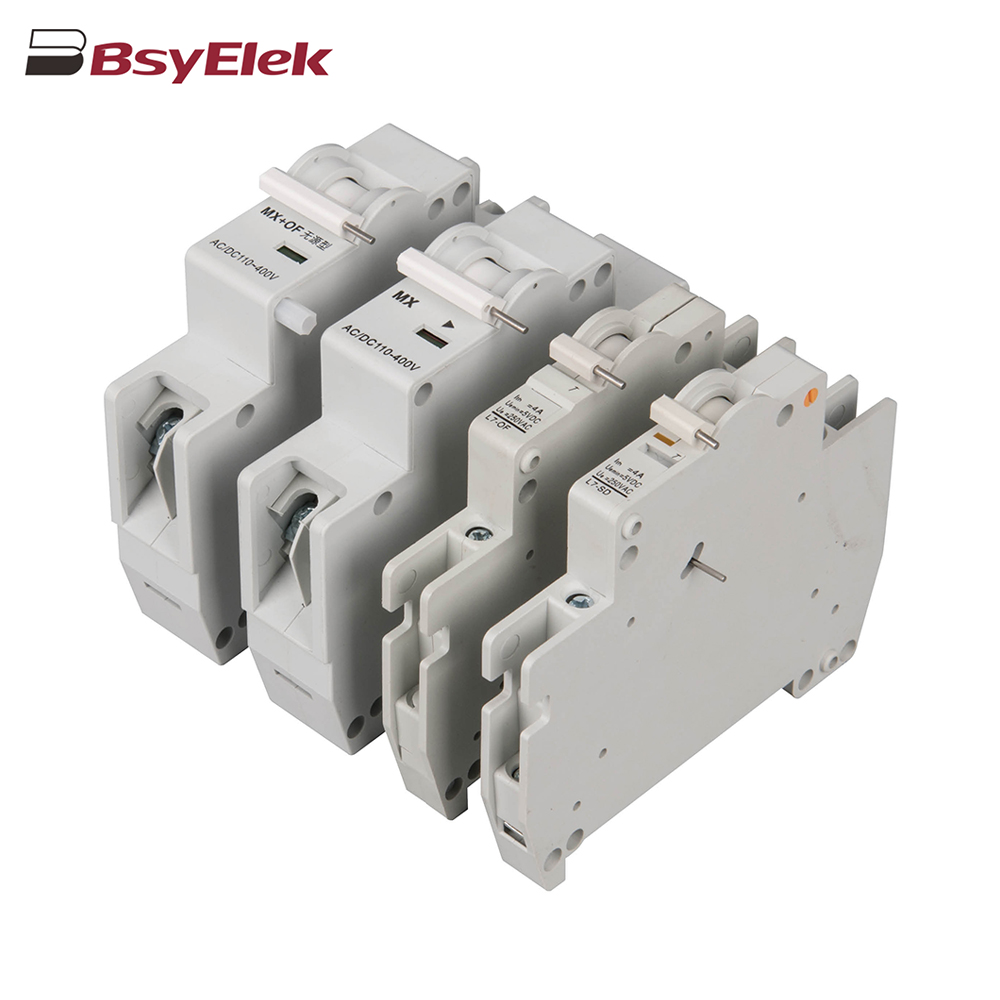 OF SD MX OF MCB Miniature Circuit Breaker Accessories
OF SD MX OF MCB Miniature Circuit Breaker Accessories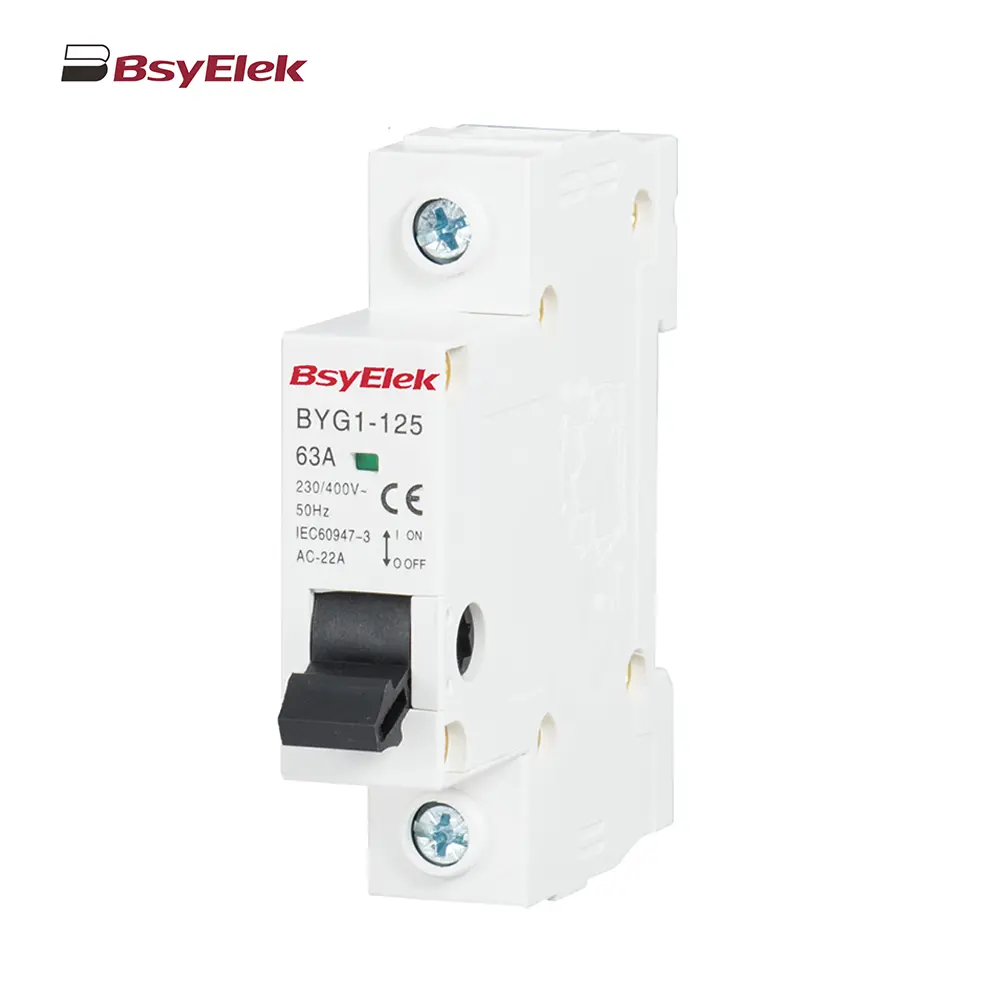 BYG1-125 Main Switch MCB Isolator Switch
BYG1-125 Main Switch MCB Isolator Switch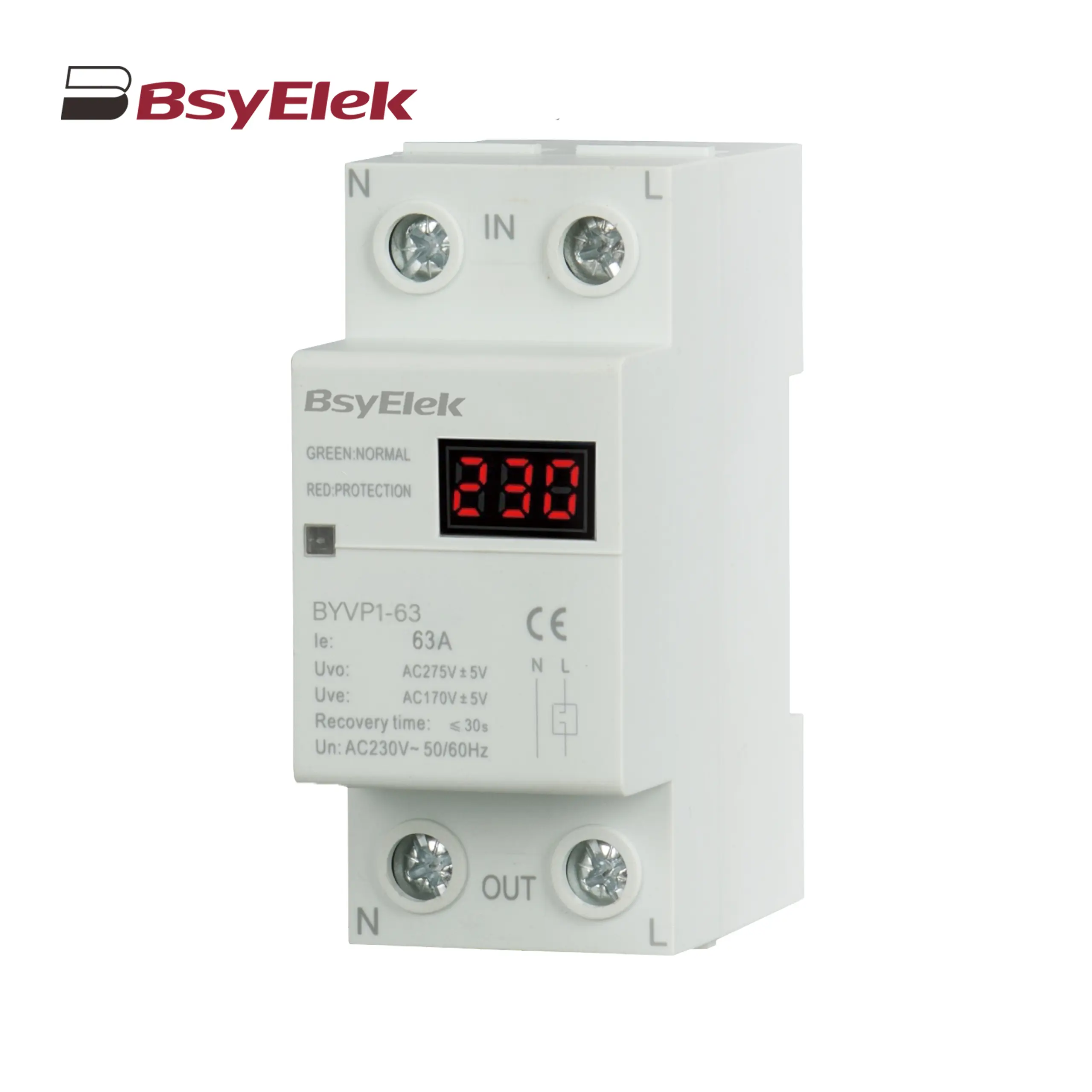 BYVP1-63 100A Single Display Overvoltage and Undervoltage Protector
BYVP1-63 100A Single Display Overvoltage and Undervoltage Protector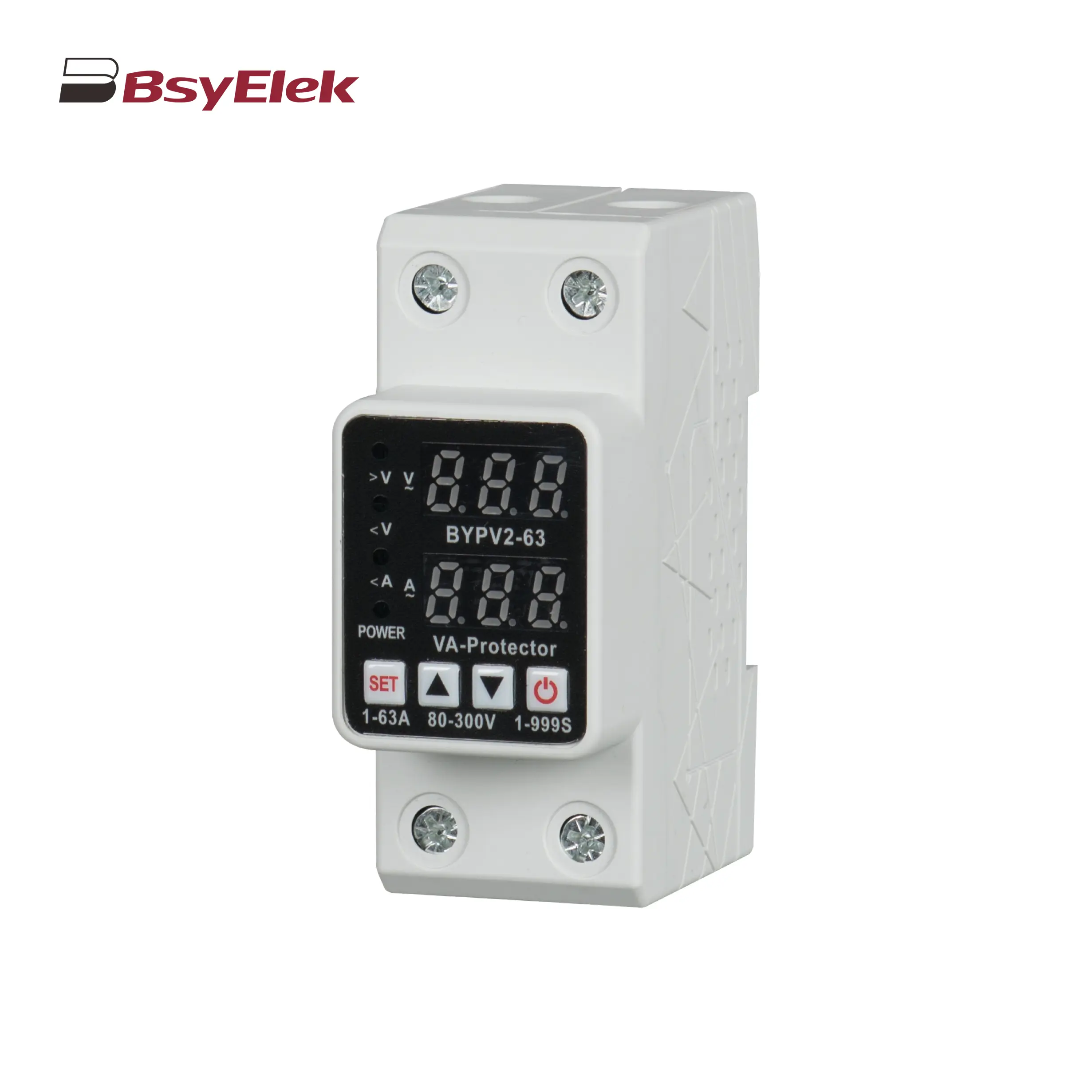 BYVP2-63 40A 63A Adjustable Dual Display Overvoltage and Undervoltage Protector
BYVP2-63 40A 63A Adjustable Dual Display Overvoltage and Undervoltage Protector BYX2 6-95A AC Contactor
BYX2 6-95A AC Contactor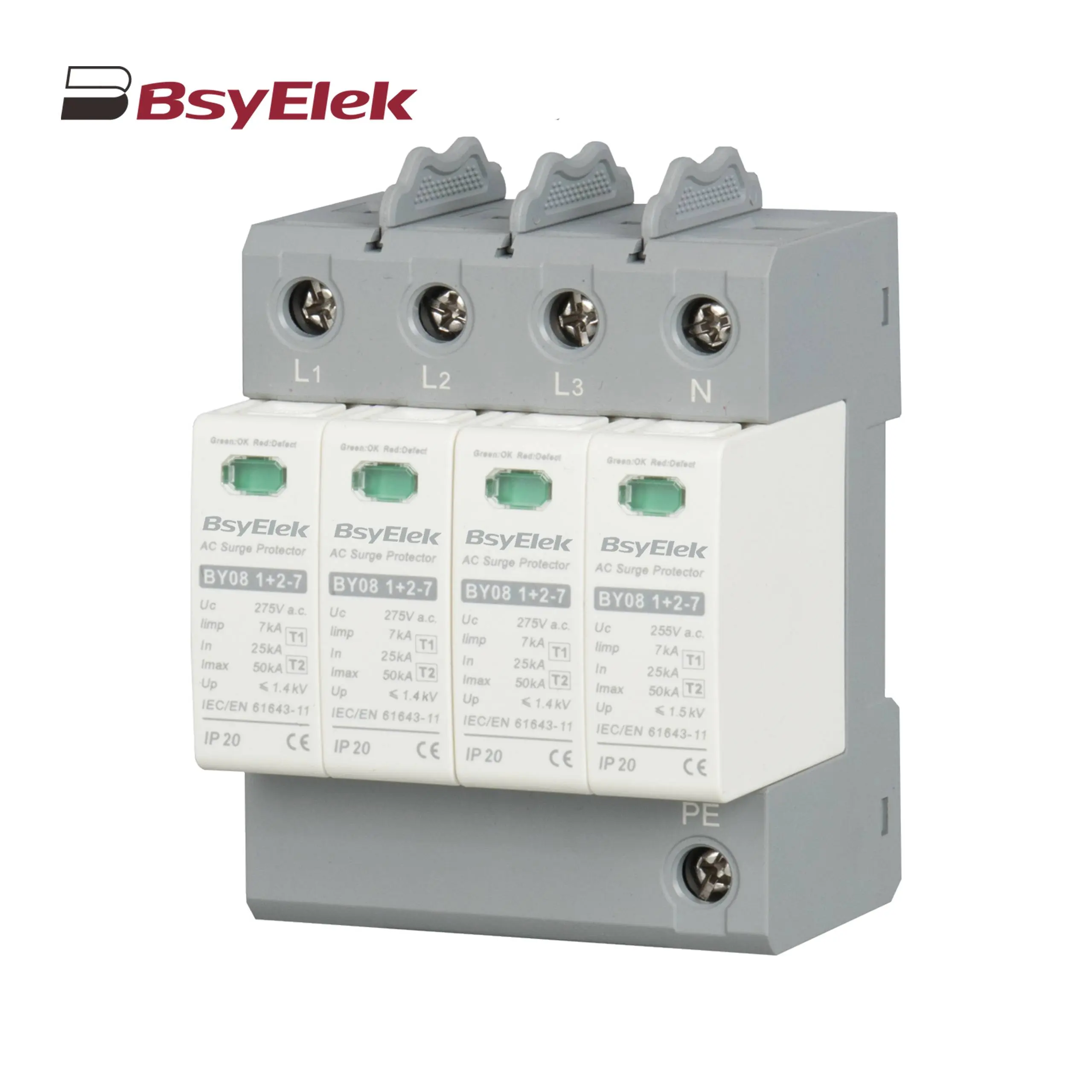 BY08 1+2-7 SPD Class T1+T2 Imax 50KA Surge Protective Device
BY08 1+2-7 SPD Class T1+T2 Imax 50KA Surge Protective Device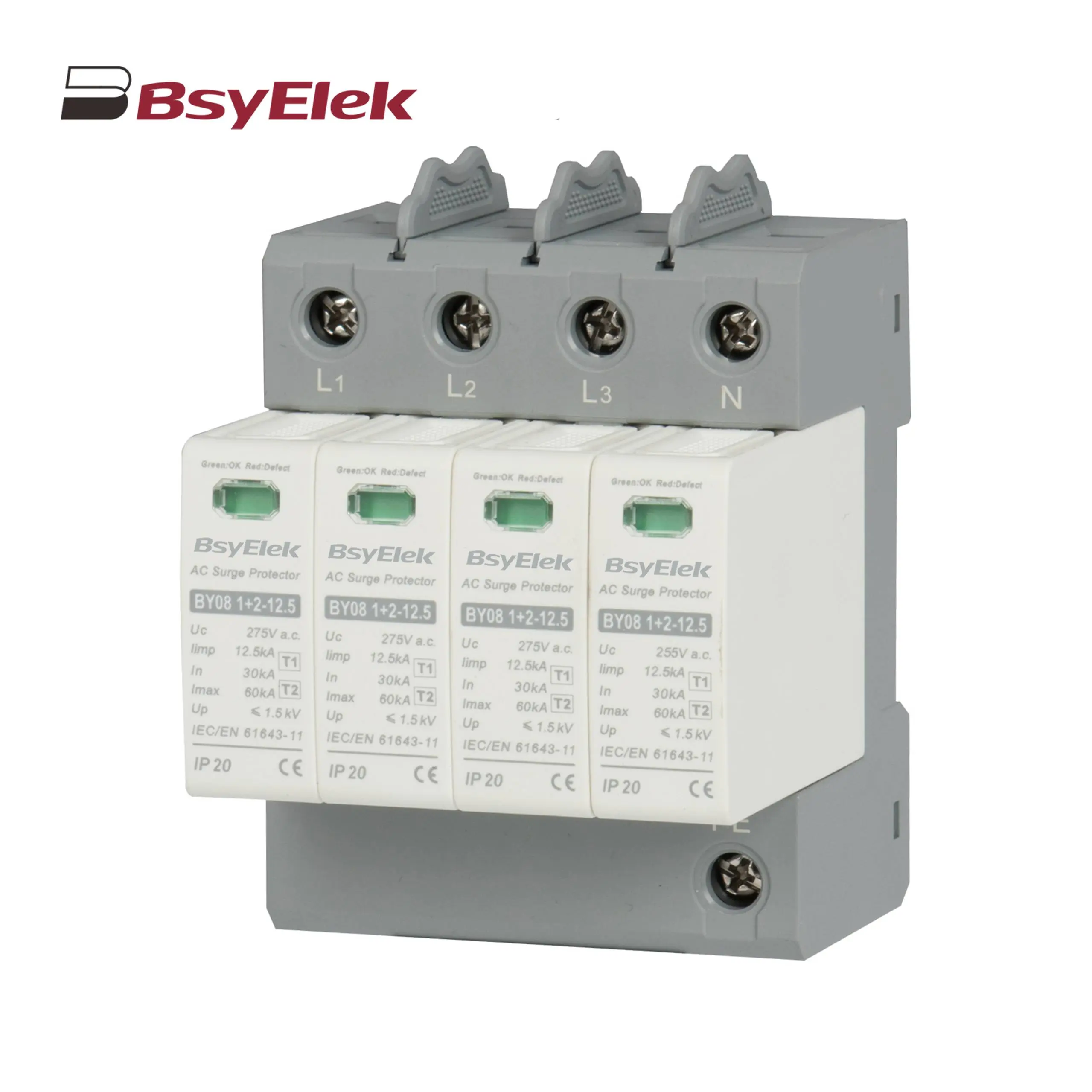 BY08 1+2-12.5 SPD Class T1+T2 Imax 60KA Surge Protective Device
BY08 1+2-12.5 SPD Class T1+T2 Imax 60KA Surge Protective Device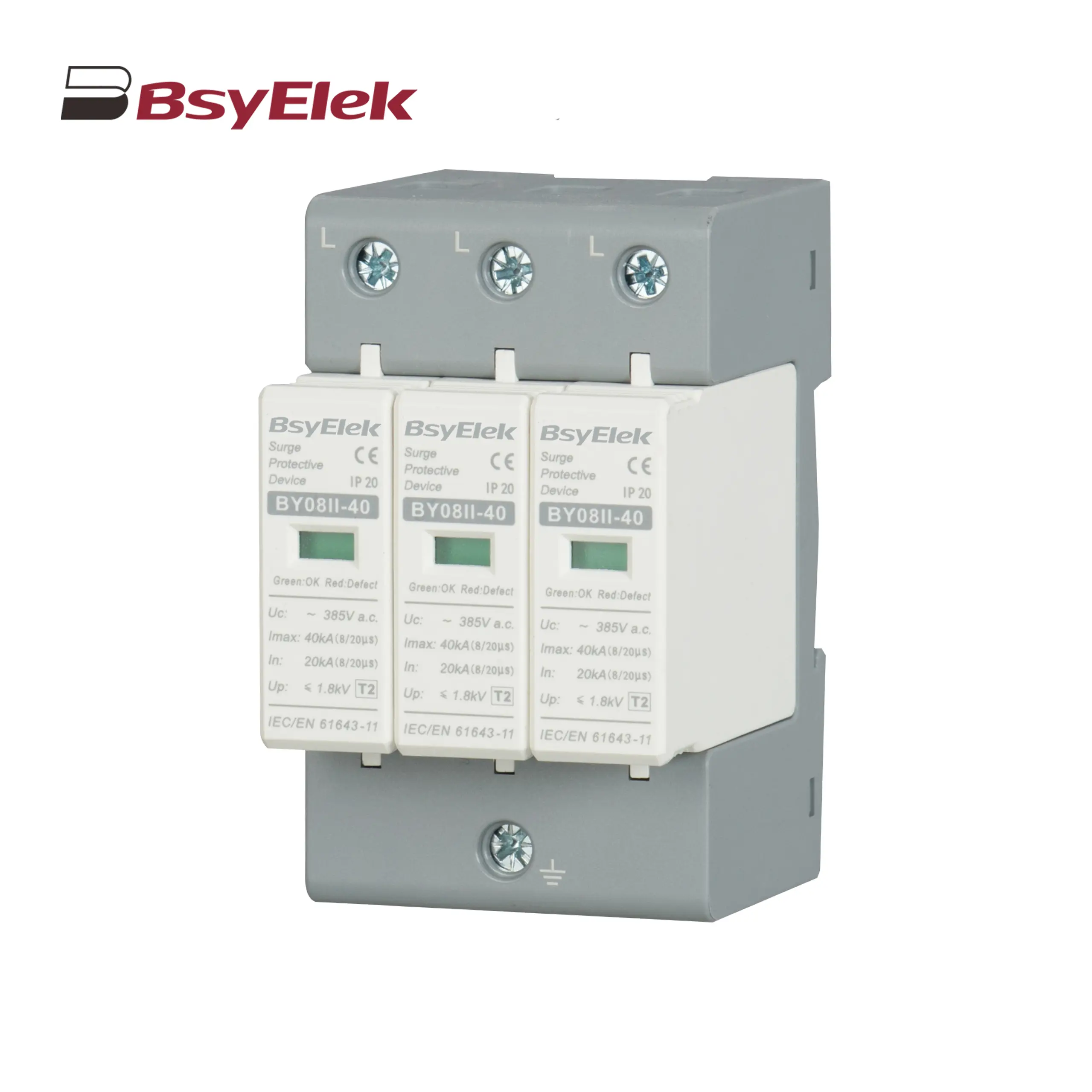 BY08II-40 SPD Class T2 Imax 40KA Surge Protective Device
BY08II-40 SPD Class T2 Imax 40KA Surge Protective Device BY19G 63A Manual Changeover Switch
BY19G 63A Manual Changeover Switch LWSF-125 125A Manual Changeover Switch
LWSF-125 125A Manual Changeover Switch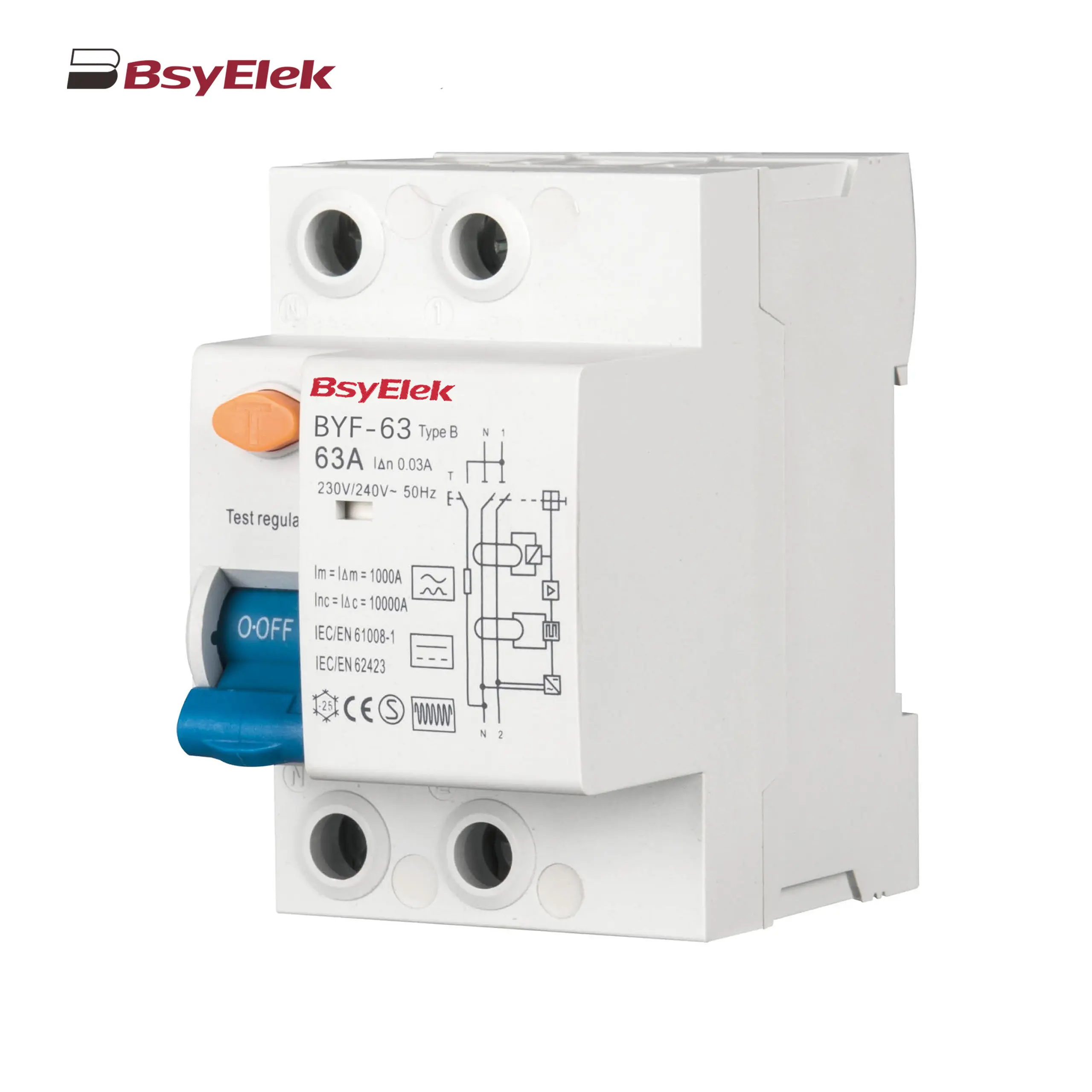 BYF-63 RCD 10KA Type B AC+A+Smoothing DC Residual Current Device
BYF-63 RCD 10KA Type B AC+A+Smoothing DC Residual Current Device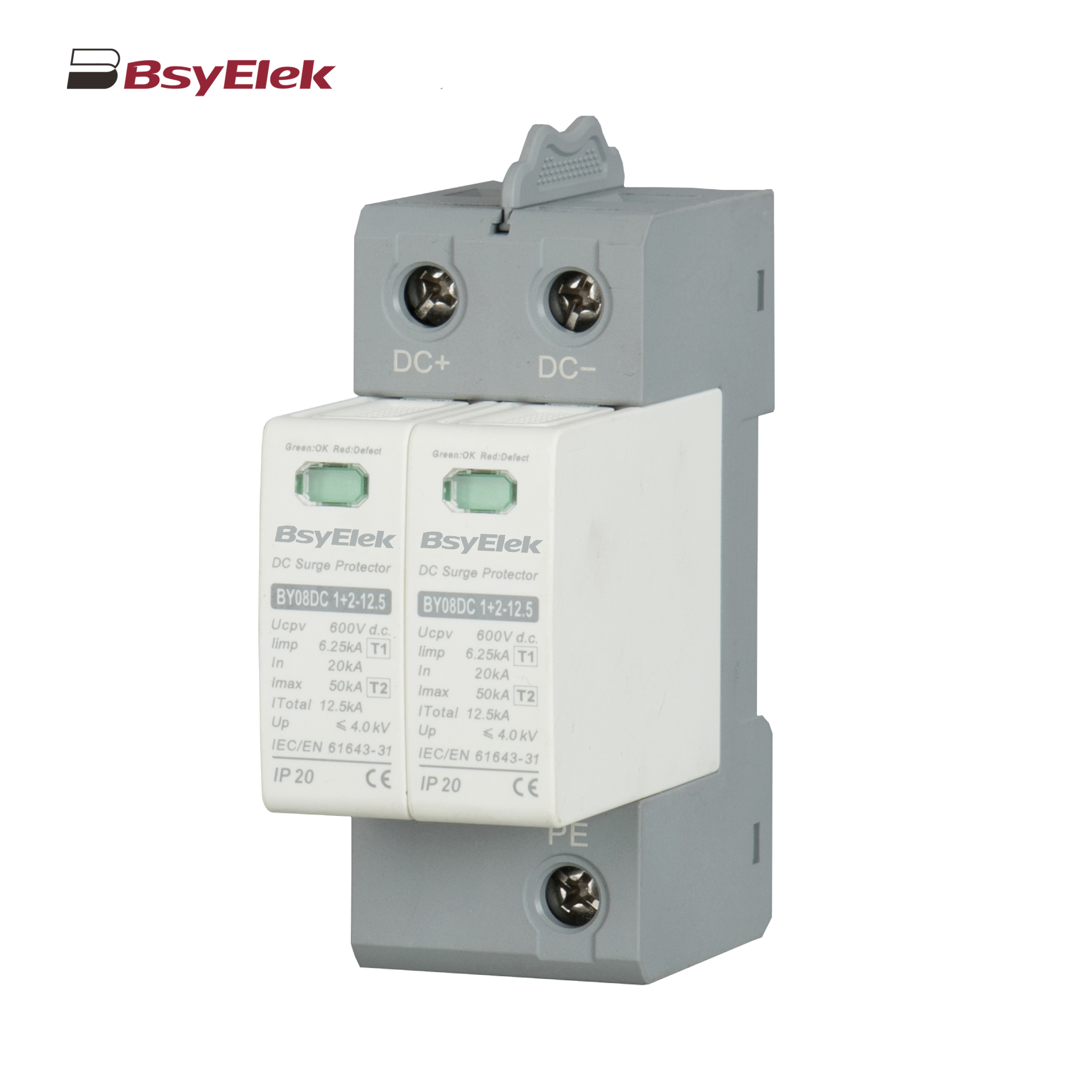 BY08DC 1+2-12.5 SPD Class T1+T2 40KA DC Surge Protective Device
BY08DC 1+2-12.5 SPD Class T1+T2 40KA DC Surge Protective Device BY08IIDC-40 SPD Class T2 40KA DC Surge Protective Device
BY08IIDC-40 SPD Class T2 40KA DC Surge Protective Device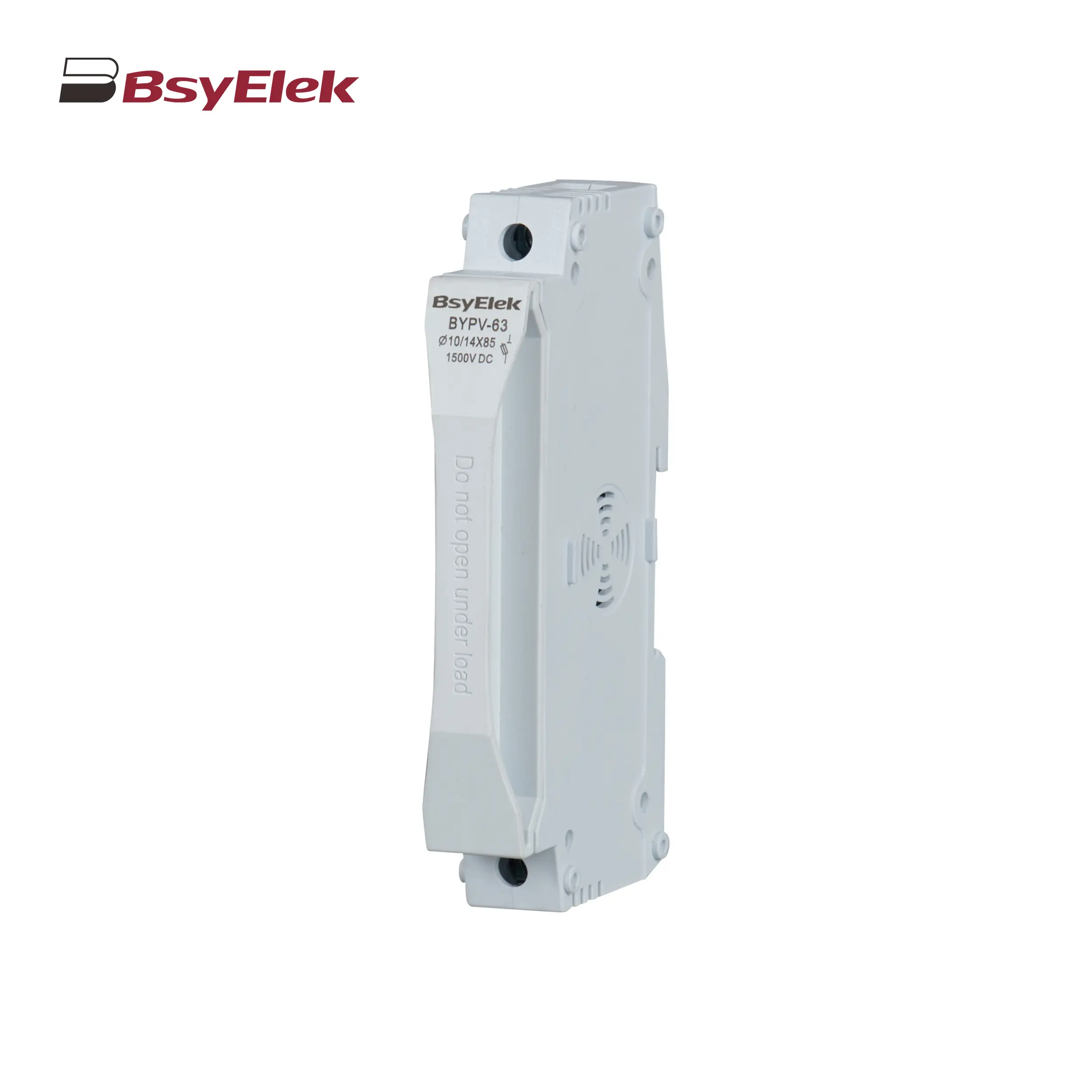 BYPV-63 1500VDC 50A Fuse Holder with 10x85mm 14x85mm Fuse Link
BYPV-63 1500VDC 50A Fuse Holder with 10x85mm 14x85mm Fuse Link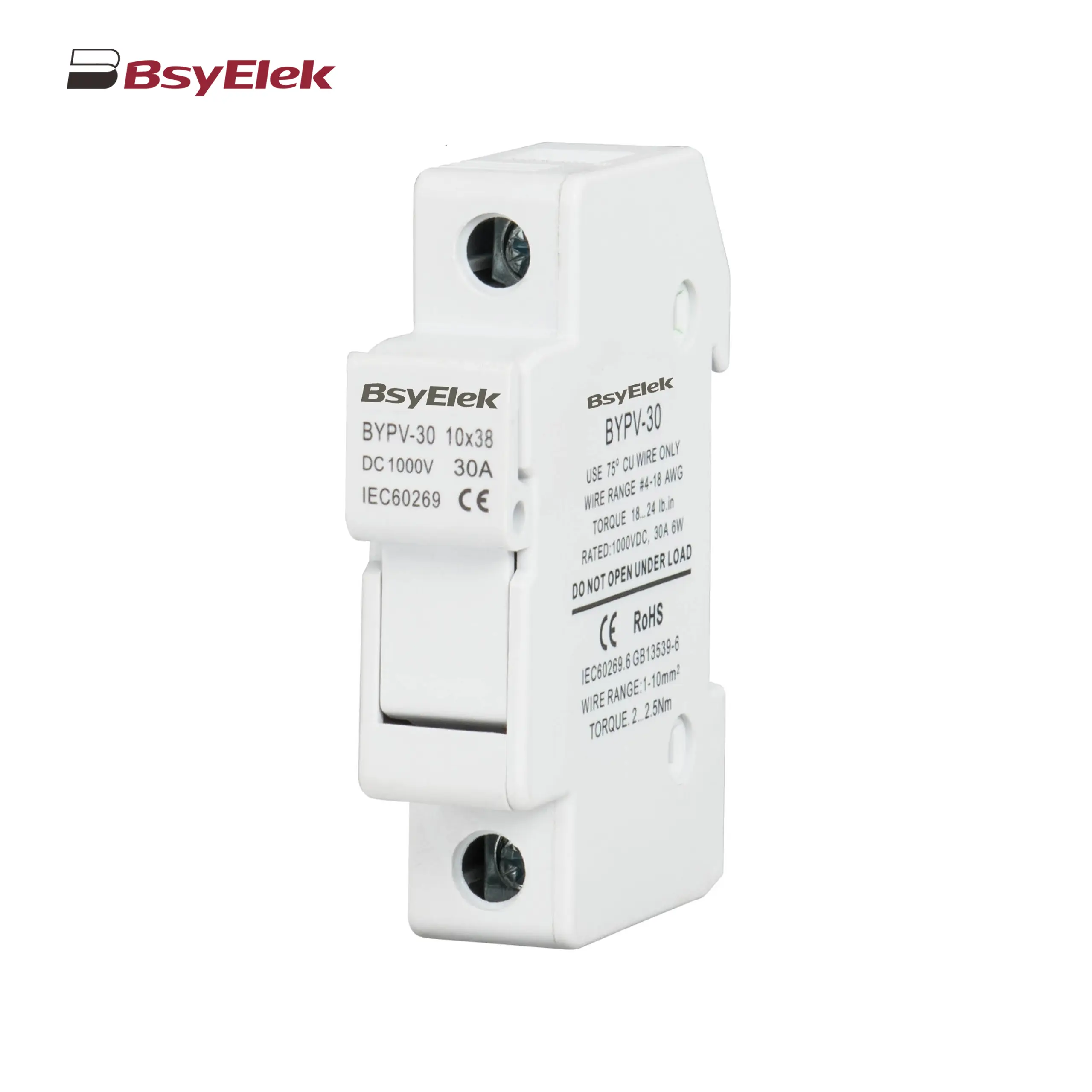 BYPV-30 1000VDC 32A Fuse Holder with 10x38mm Fuse Link
BYPV-30 1000VDC 32A Fuse Holder with 10x38mm Fuse Link BYPV-ELR2 PV Isolator Switch with Enclosed Version
BYPV-ELR2 PV Isolator Switch with Enclosed Version BYPV-ELR1 PV Isolator Switch with Enclosed Version
BYPV-ELR1 PV Isolator Switch with Enclosed Version BYPV-NL1/T PV Isolator Switch with Ultra-thin Lever Handle
BYPV-NL1/T PV Isolator Switch with Ultra-thin Lever Handle BYPV-NL1 PV Isolator Switch with Lever Handle
BYPV-NL1 PV Isolator Switch with Lever Handle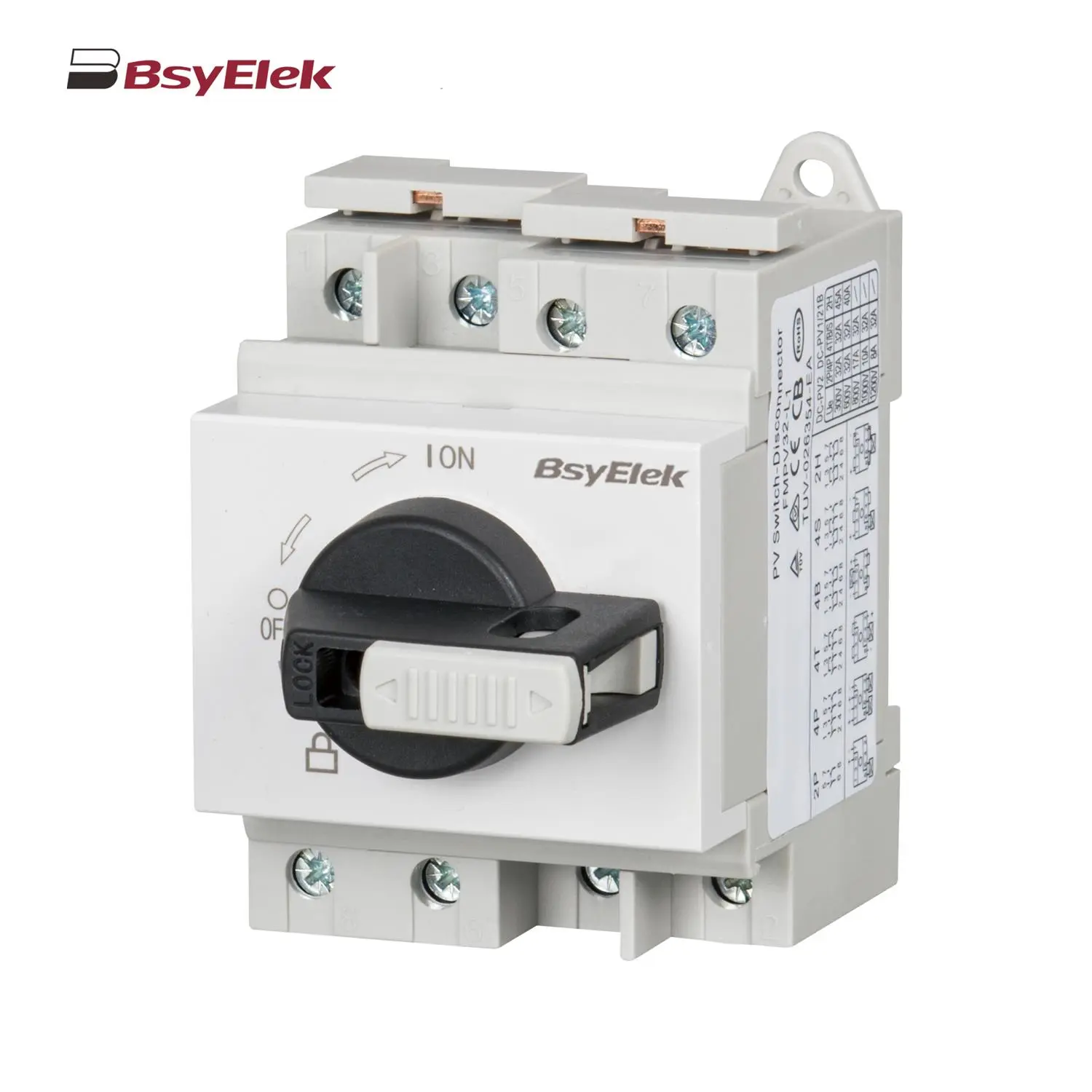 BYPV-L1/L2 PV Isolator Switch with Lockable Lever Handle
BYPV-L1/L2 PV Isolator Switch with Lockable Lever Handle PV-BY-01 30A/50A 1000V Photovoltaic Connector
PV-BY-01 30A/50A 1000V Photovoltaic Connector PV-BY-02 30A/50A 1500V Photovoltaic Connector
PV-BY-02 30A/50A 1500V Photovoltaic Connector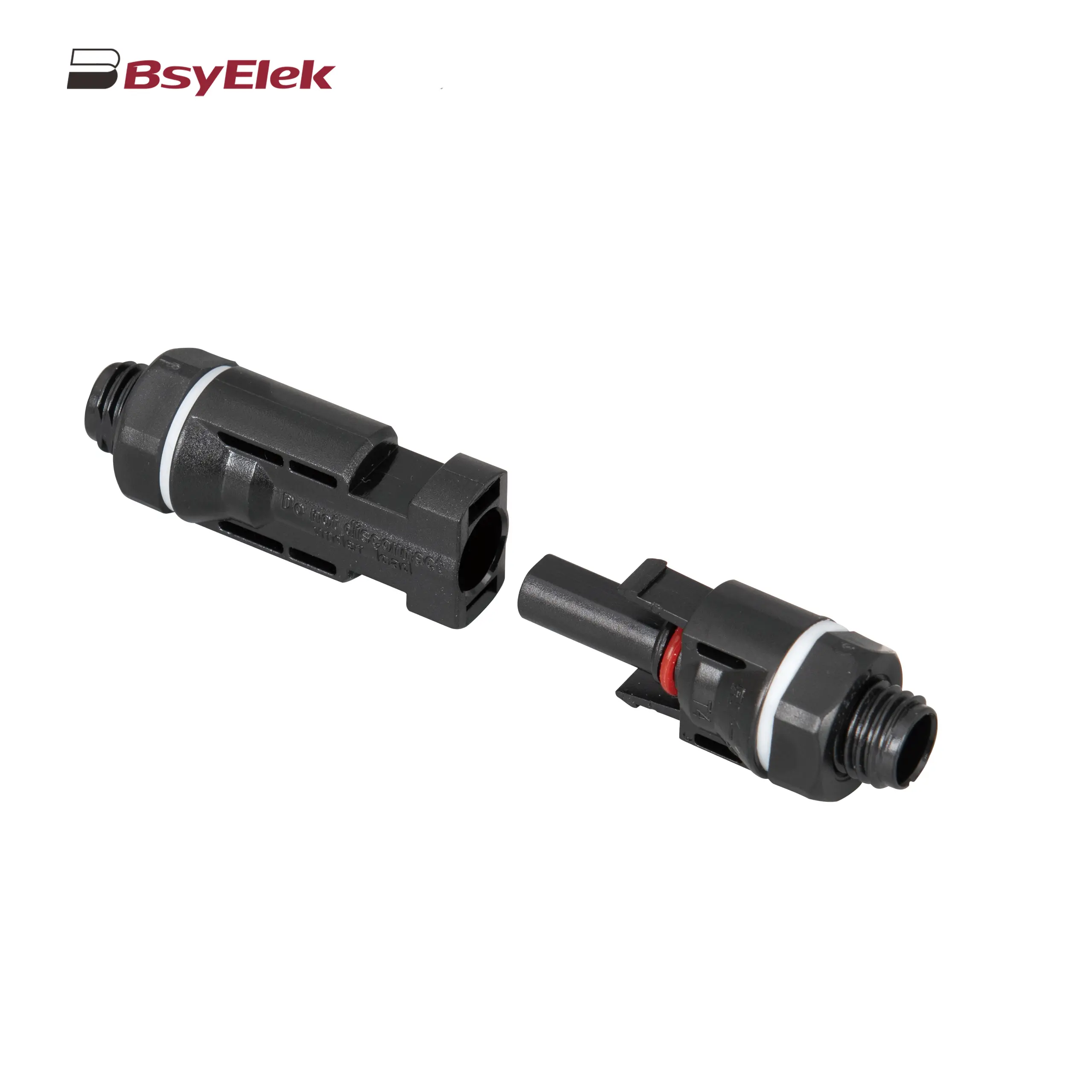 PV-BY-03 30A/50A 1000V Panel Mount Photovoltaic Connector
PV-BY-03 30A/50A 1000V Panel Mount Photovoltaic Connector PV-BY-F01 30A 1500V Diode/Fuse Type Connector
PV-BY-F01 30A 1500V Diode/Fuse Type Connector PV-BY-T 50A 1500V T Type Branch Connector
PV-BY-T 50A 1500V T Type Branch Connector PV-BY-Y 30A 1500V Y Type Branch Connector
PV-BY-Y 30A 1500V Y Type Branch Connector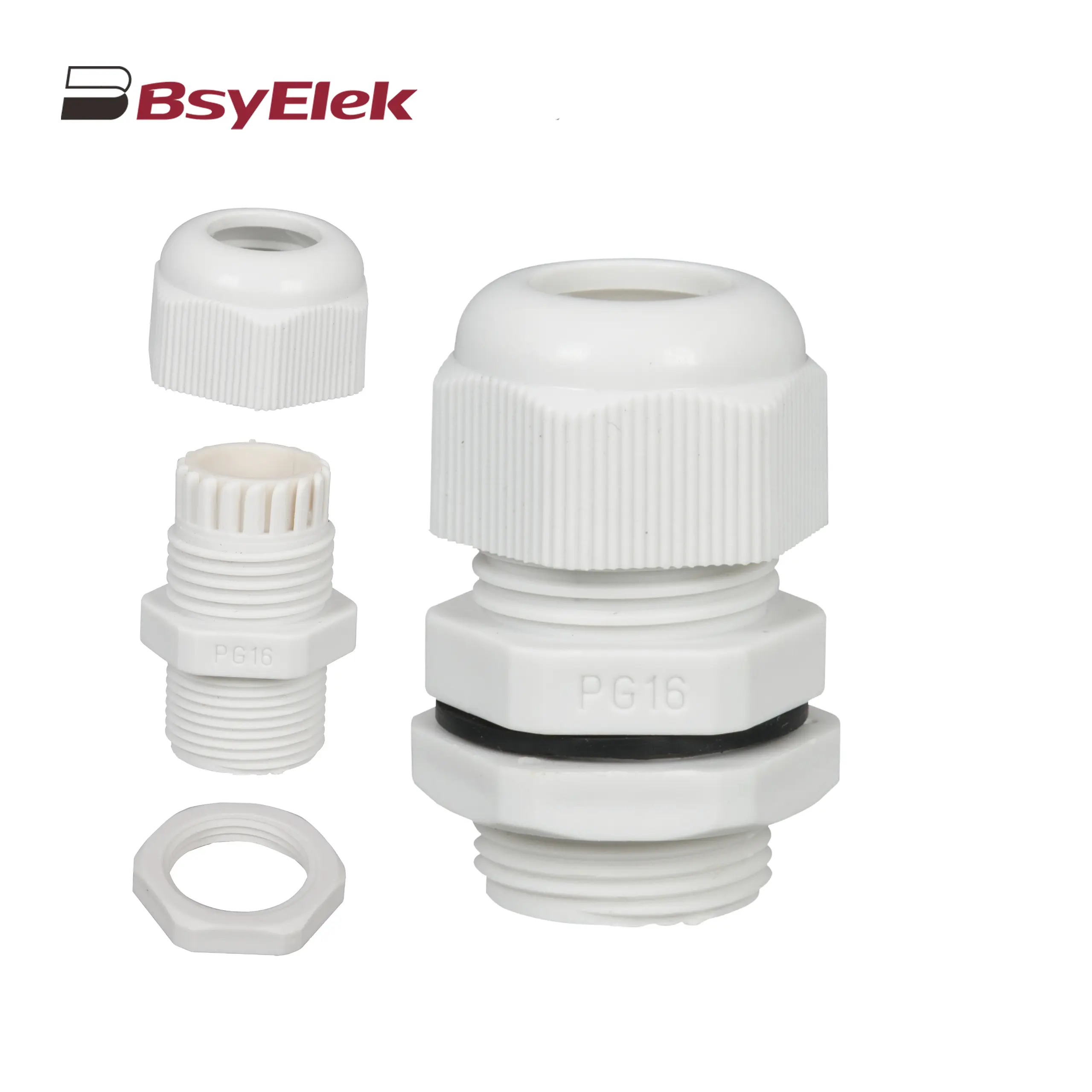 PG Waterproof Cable Gland with Washer
PG Waterproof Cable Gland with Washer Photovoltaic Cable
Photovoltaic Cable HD11N Photovoltaic Knife Switch
HD11N Photovoltaic Knife Switch BYM3DC MCCB Photovoltaic DC Molded Case Circuit Breaker
BYM3DC MCCB Photovoltaic DC Molded Case Circuit Breaker BYM1DC MCCB 1000VDC Thermal Magnetic Type DC Molded Case Circuit Breaker
BYM1DC MCCB 1000VDC Thermal Magnetic Type DC Molded Case Circuit Breaker BYM1E MCCB Electronic Type Molded Case Circuit Breaker
BYM1E MCCB Electronic Type Molded Case Circuit Breaker BYM1 MCCB Thermal Magnetic AC Molded Case Circuit Breaker
BYM1 MCCB Thermal Magnetic AC Molded Case Circuit Breaker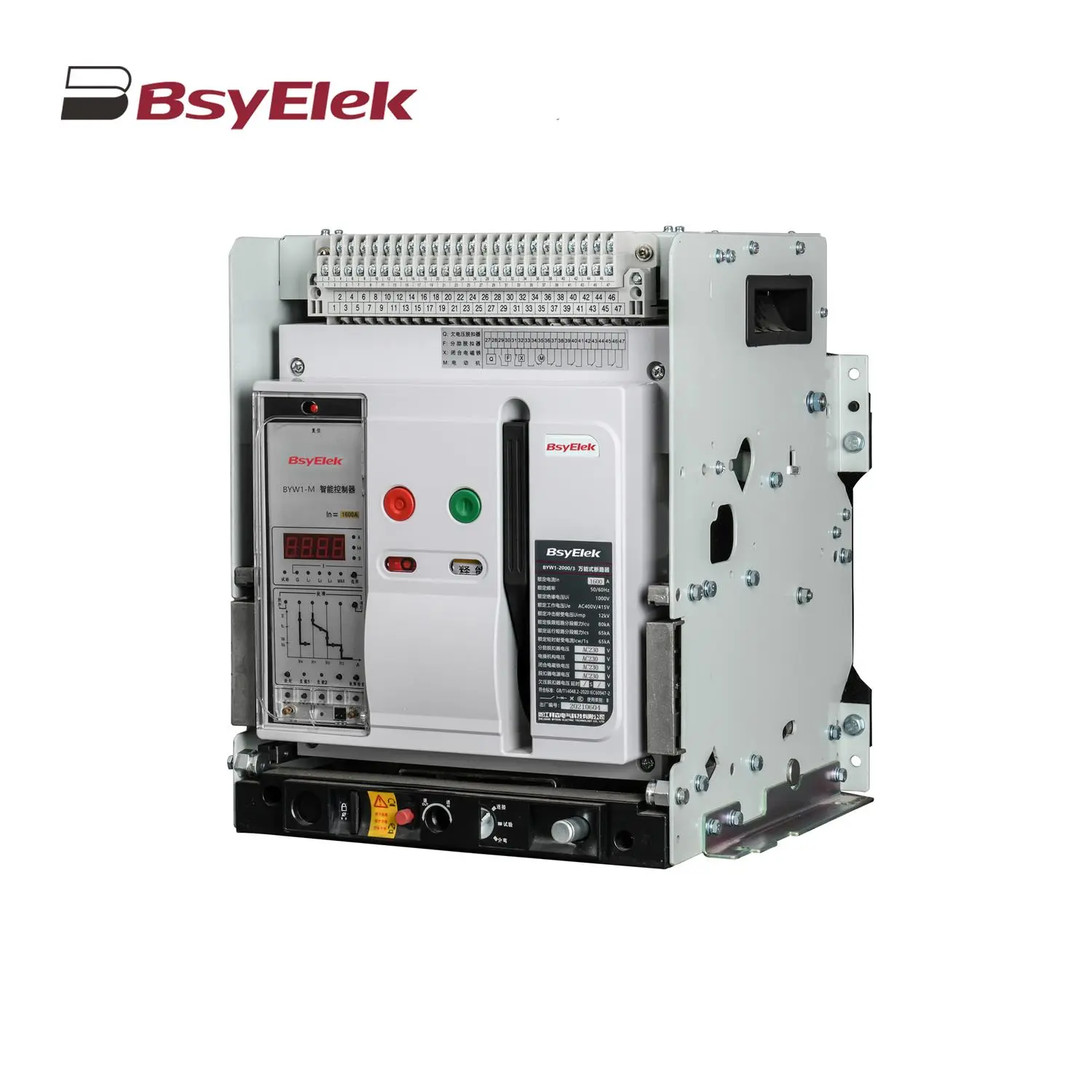 BYW1 ACB Intelligent Universal Air Circuit Breaker
BYW1 ACB Intelligent Universal Air Circuit Breaker BYQ1 ATS Isolated Type PC Level Dual Power Automatic Transfer Switch
BYQ1 ATS Isolated Type PC Level Dual Power Automatic Transfer Switch BYQ1 ATS Intelligent Type CB Level Dual Power Automatic Transfer Switch
BYQ1 ATS Intelligent Type CB Level Dual Power Automatic Transfer Switch BYQ1 ATS End Type CB Level Dual Power Automatic Transfer Switch
BYQ1 ATS End Type CB Level Dual Power Automatic Transfer Switch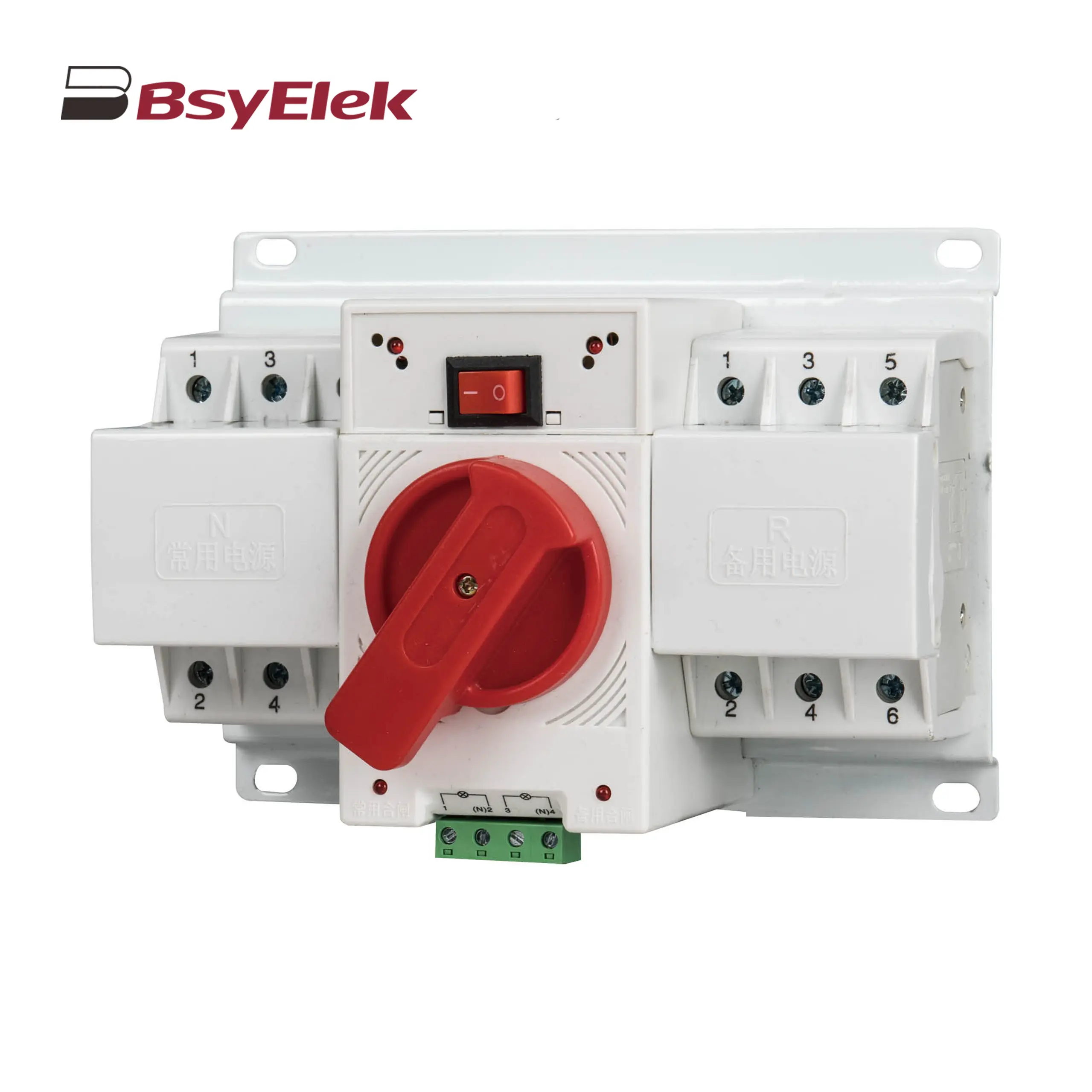 BYQ1 ATS Mini Type CB Level Dual Power Automatic Transfer Switch
BYQ1 ATS Mini Type CB Level Dual Power Automatic Transfer Switch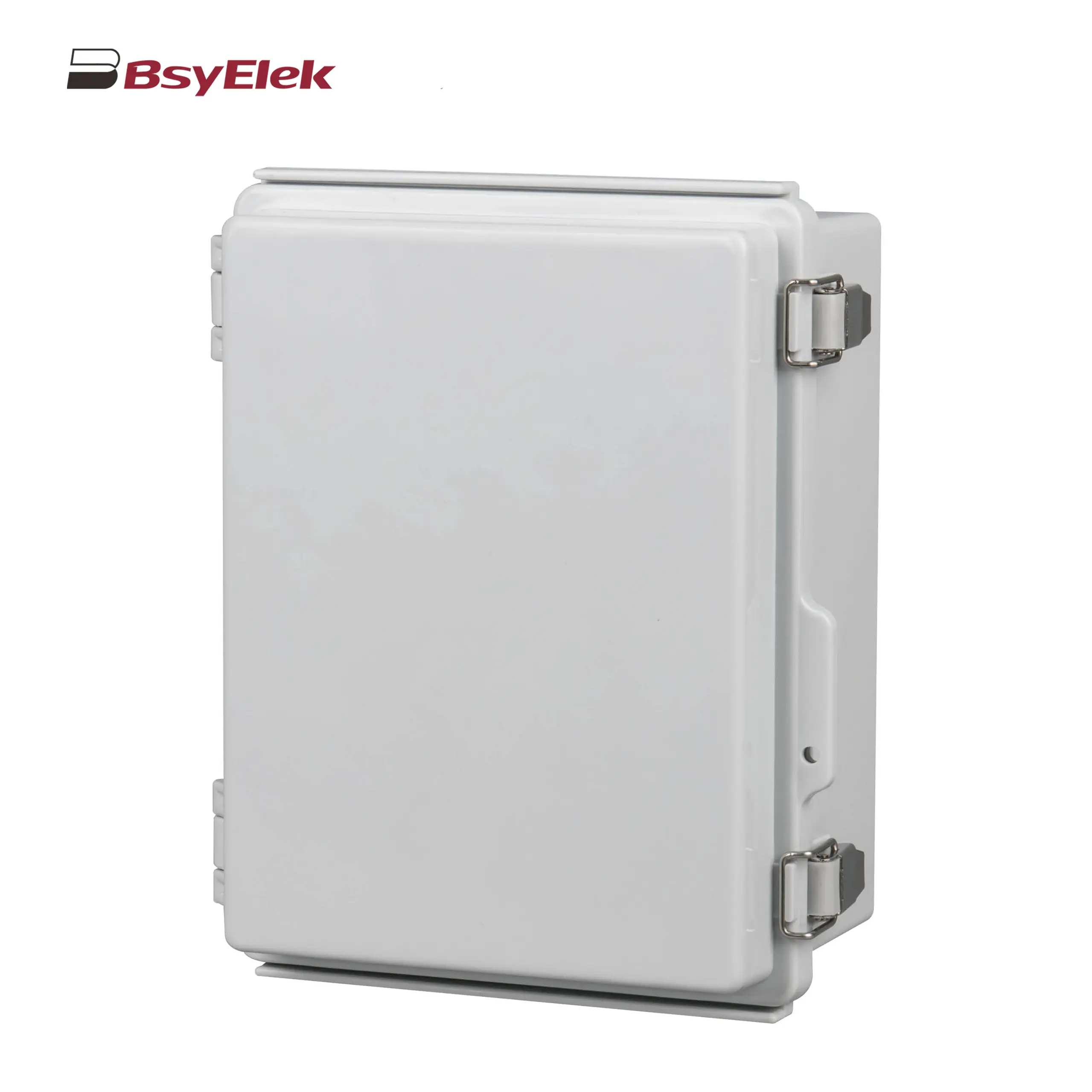 Stainless Steel Hinge Type Electrical Box
Stainless Steel Hinge Type Electrical Box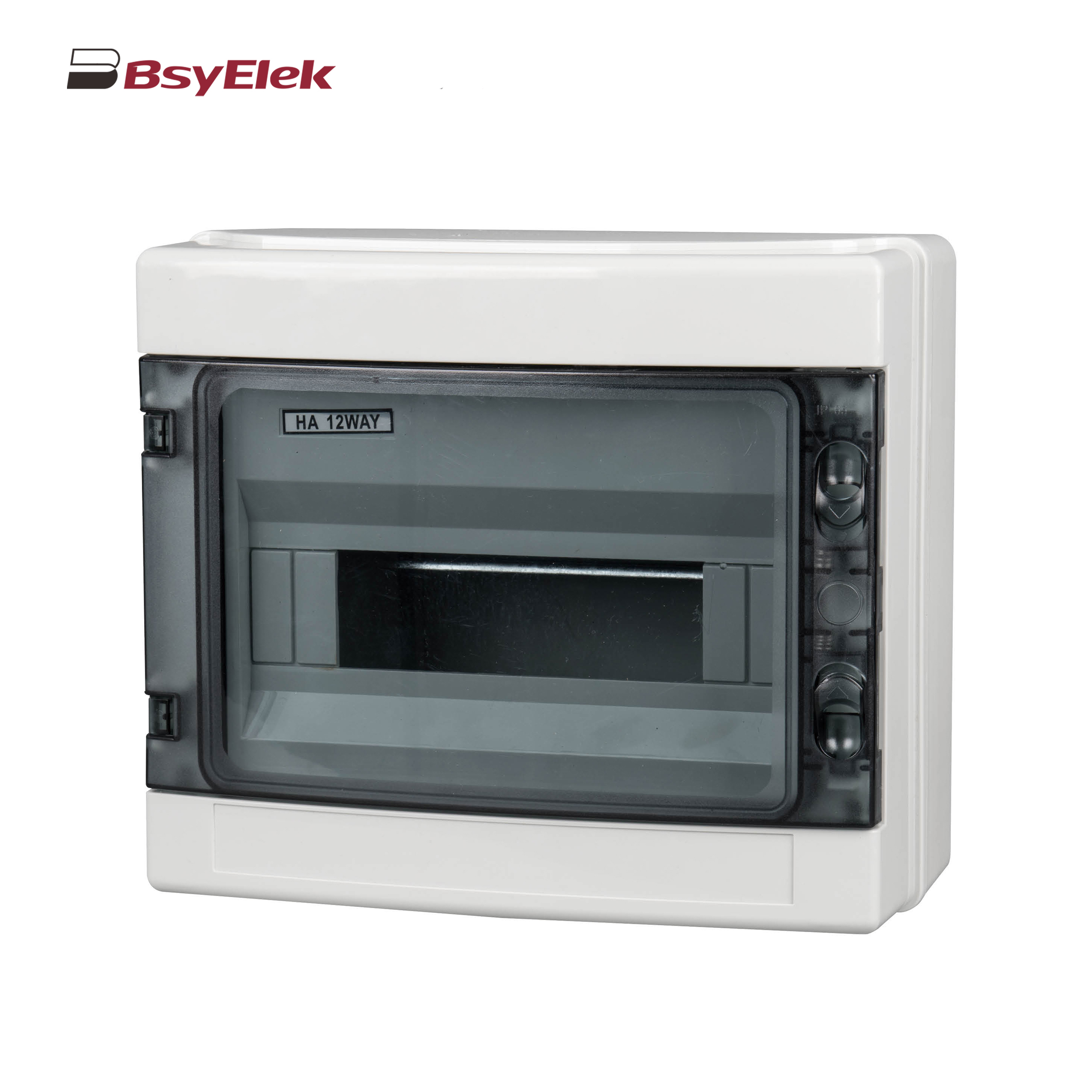 HA Waterproof Distribution Box
HA Waterproof Distribution Box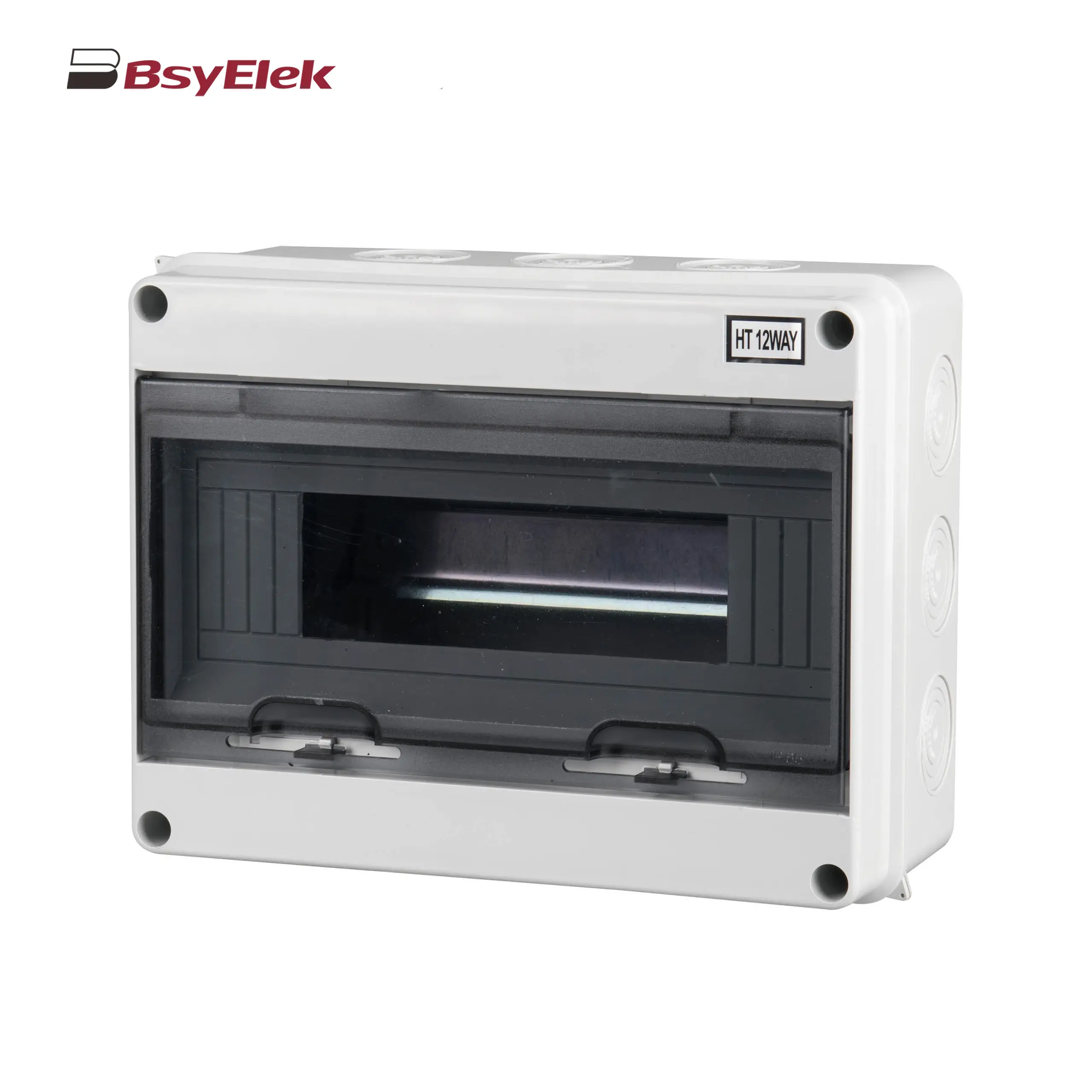 HT Waterproof Distribution Box
HT Waterproof Distribution Box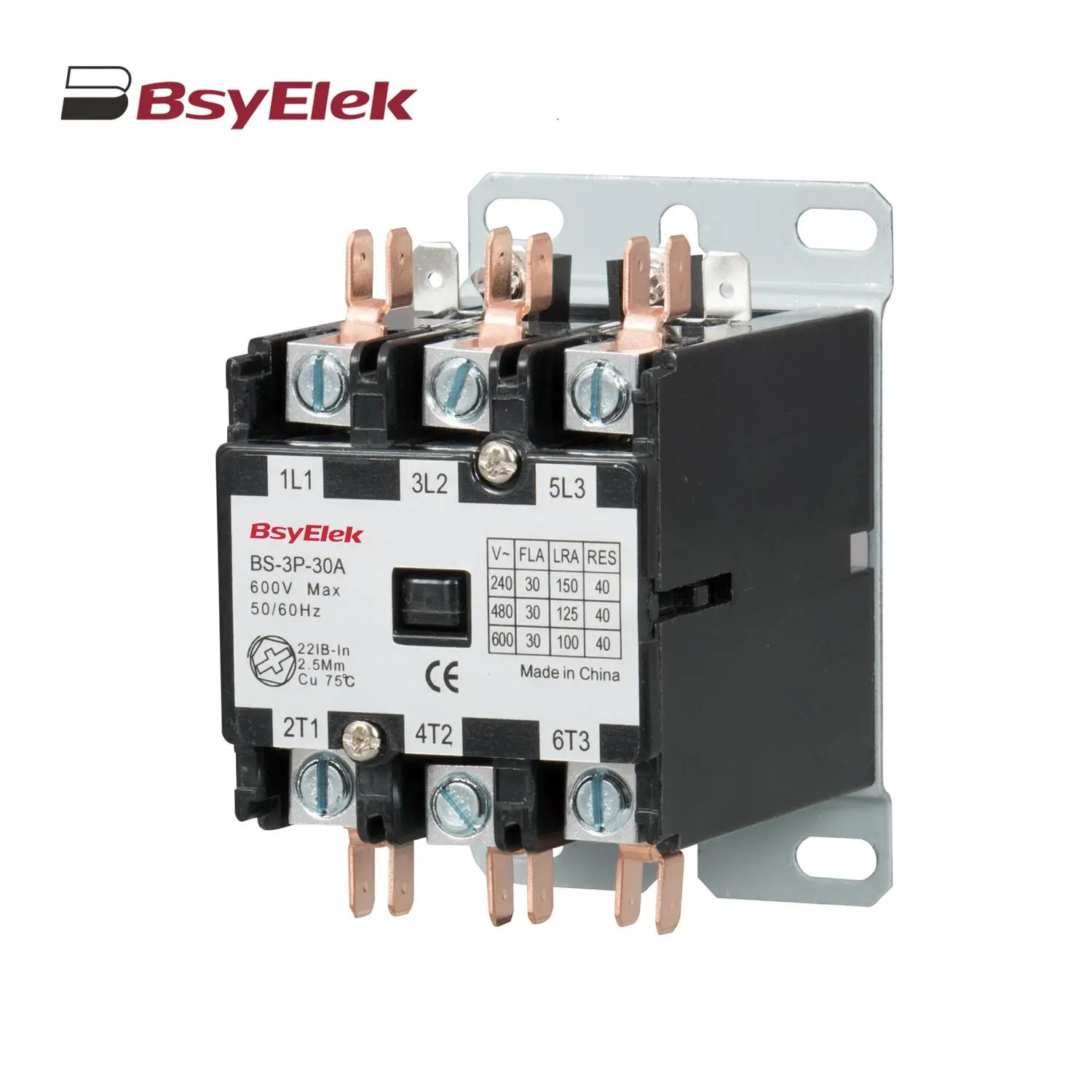 BS Definite Purpose Magnetic AC Contactor
BS Definite Purpose Magnetic AC Contactor